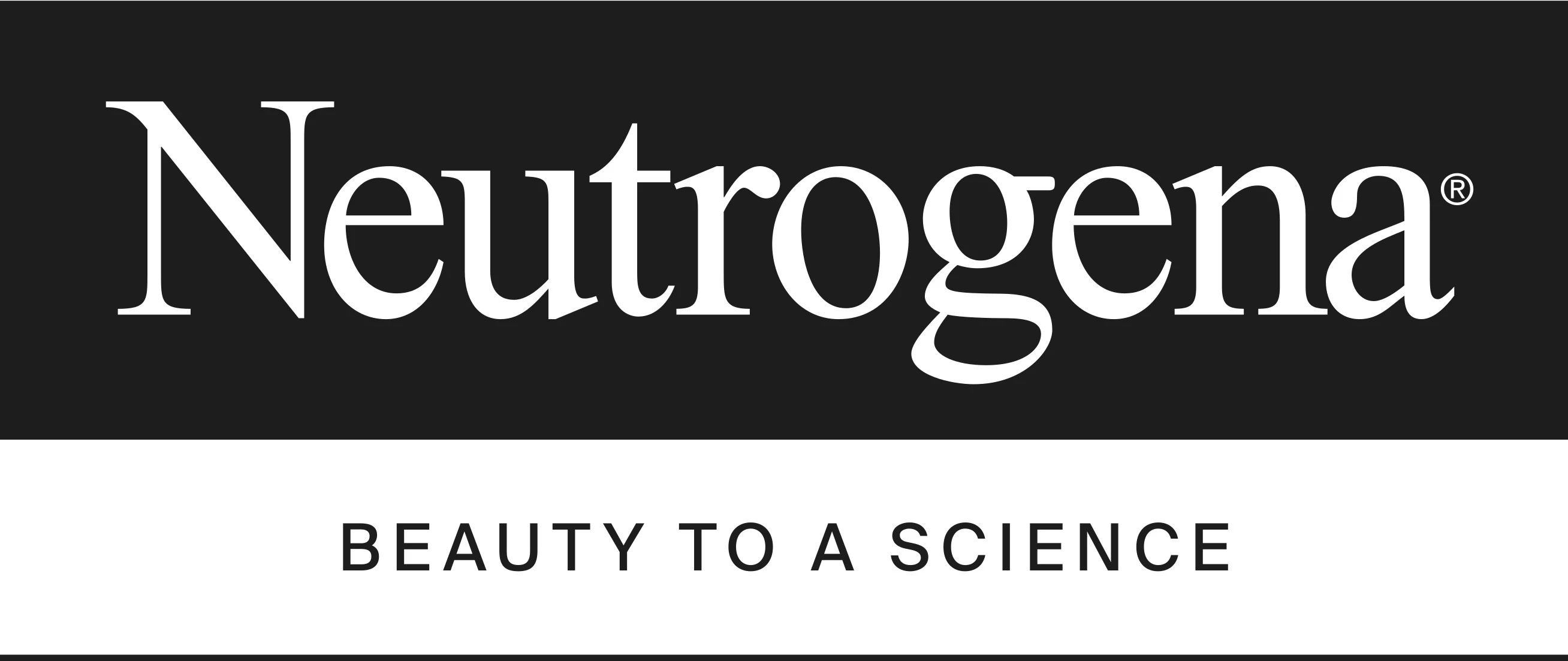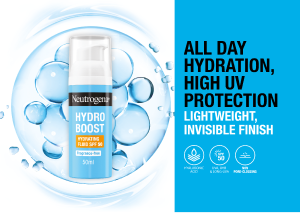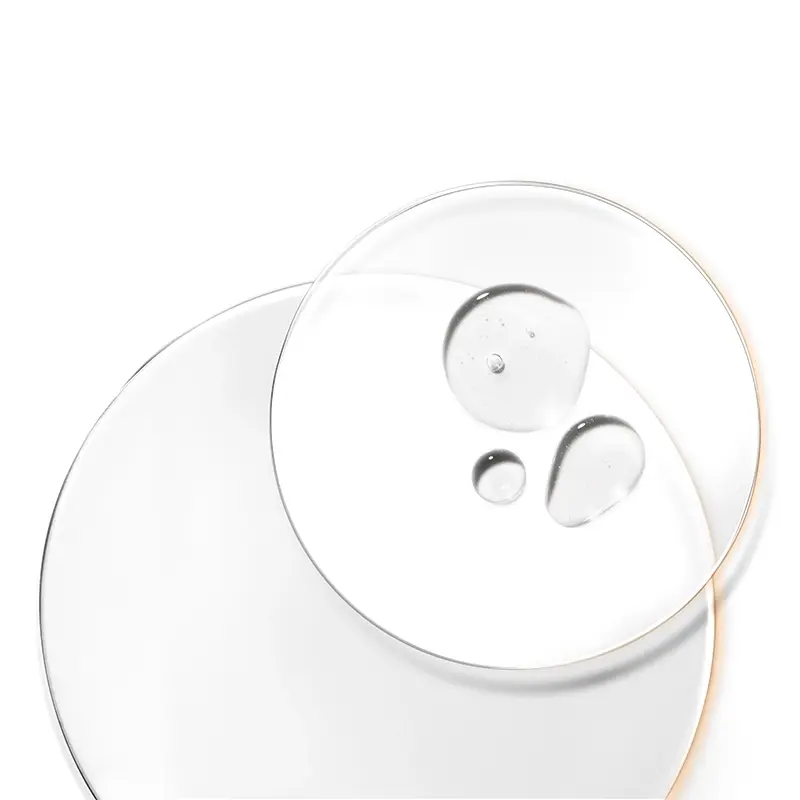Ingredient Glossary
Learn about skincare Ingredients, conditions and all about what goes under great skin.
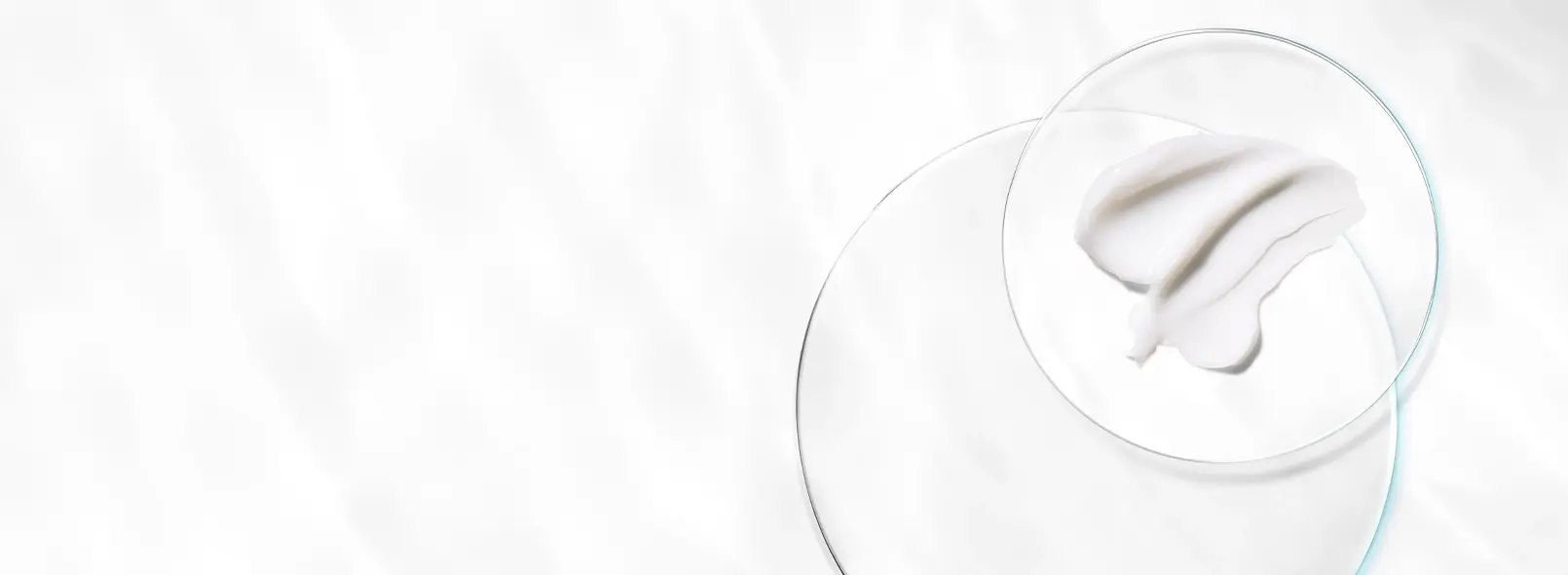
A - F
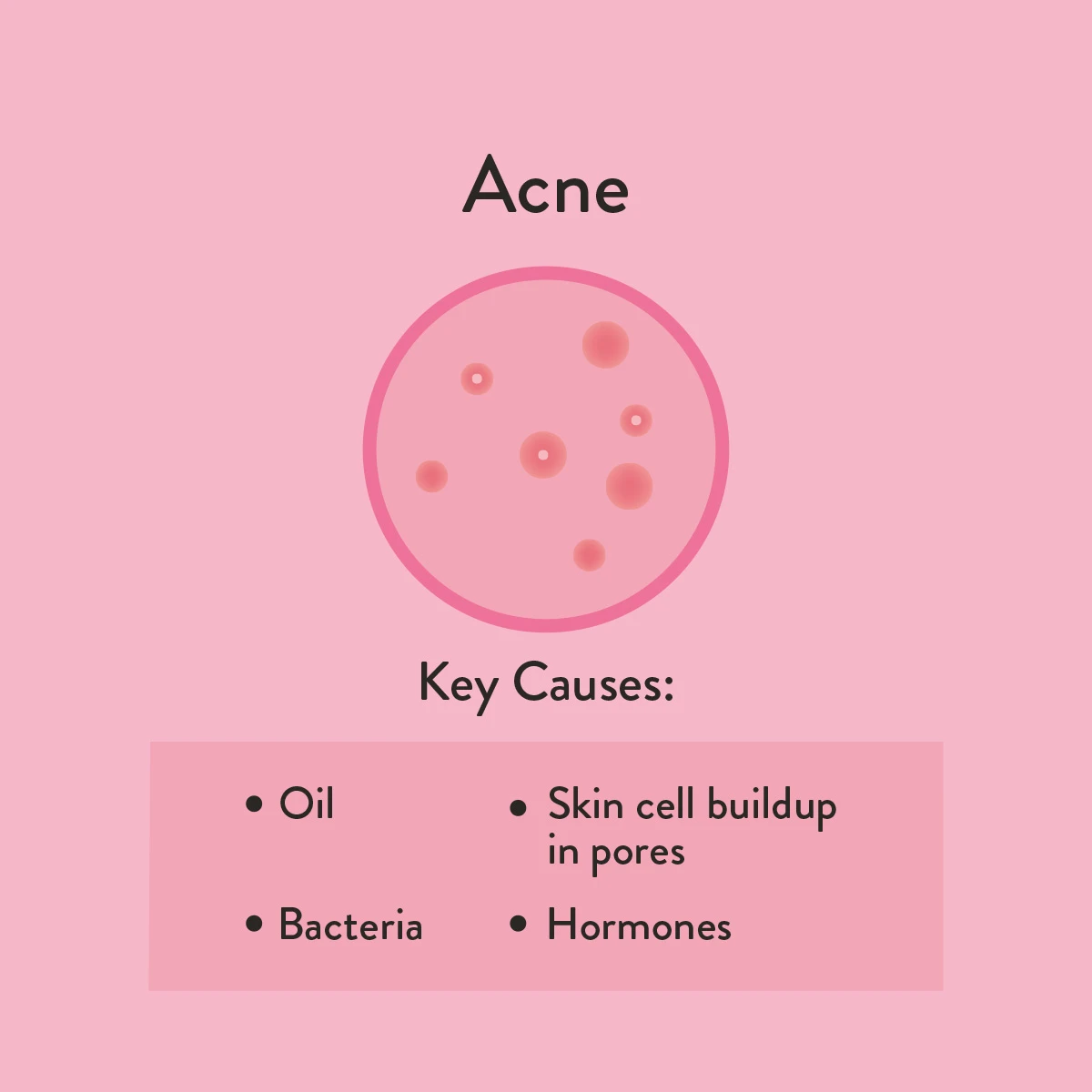
Acne
A skin condition caused by clogged pores, excess oil production and bacteria. When pores become clogged with oil and dead skin cells, they are the perfect environment for bacteria growth. This causes whiteheads, blackheads and potentially leads to inflammation in the form of red, raised bumps.
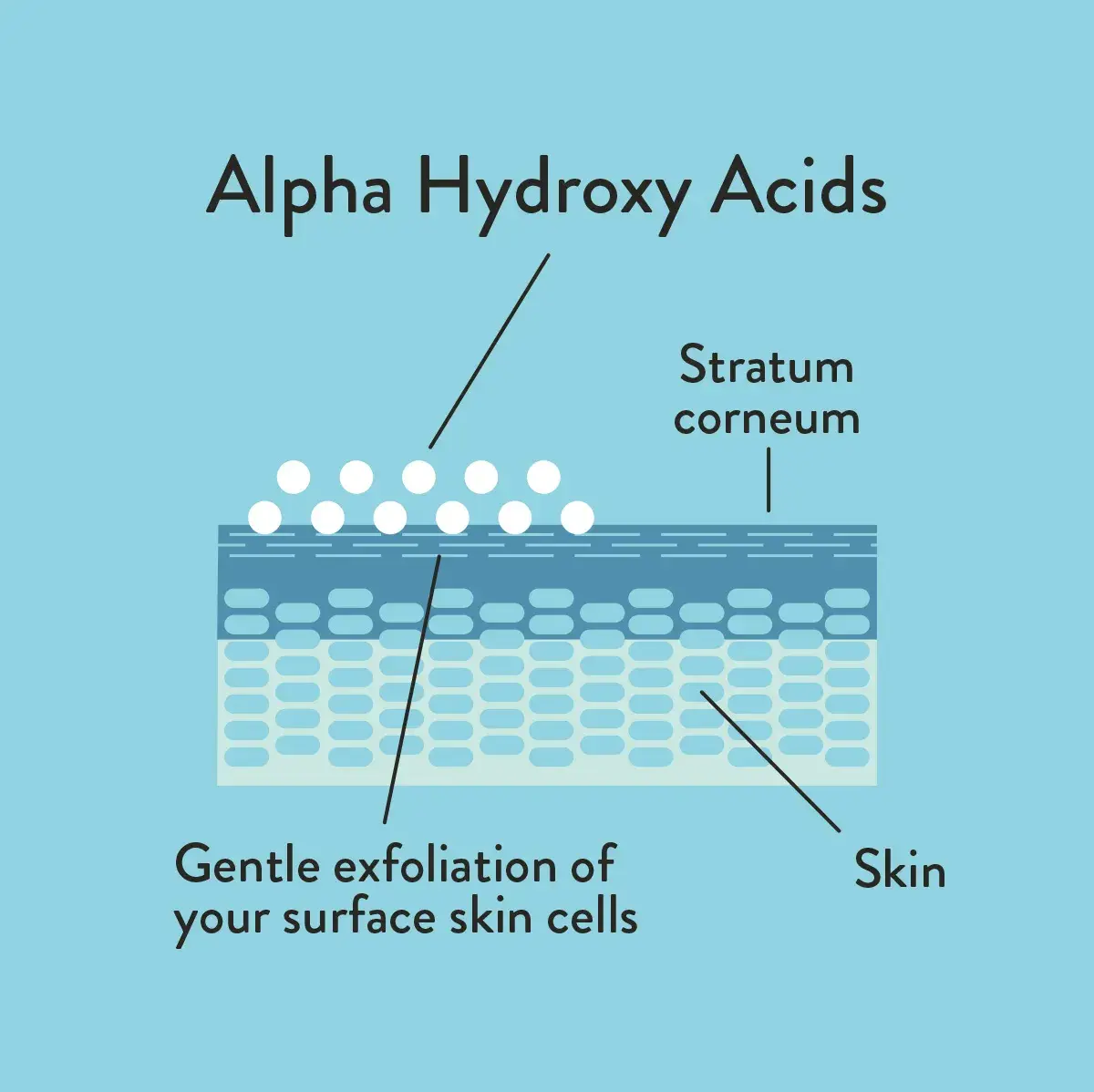
Alpha Hydroxy Acids
Alpha Hydroxy AcidsNaturally or synthetically derived acids that complement skin’s natural turnover process. Benefits of AHAs include smoother and brighter-looking skin.

Androgens
Hormones in both males and females that increase during puberty and affect several functions of the human body. On the skin they will affect oil production, epidermal barrier homeostasis (which regulates skin hydration), hair follicle strength and wound healing.
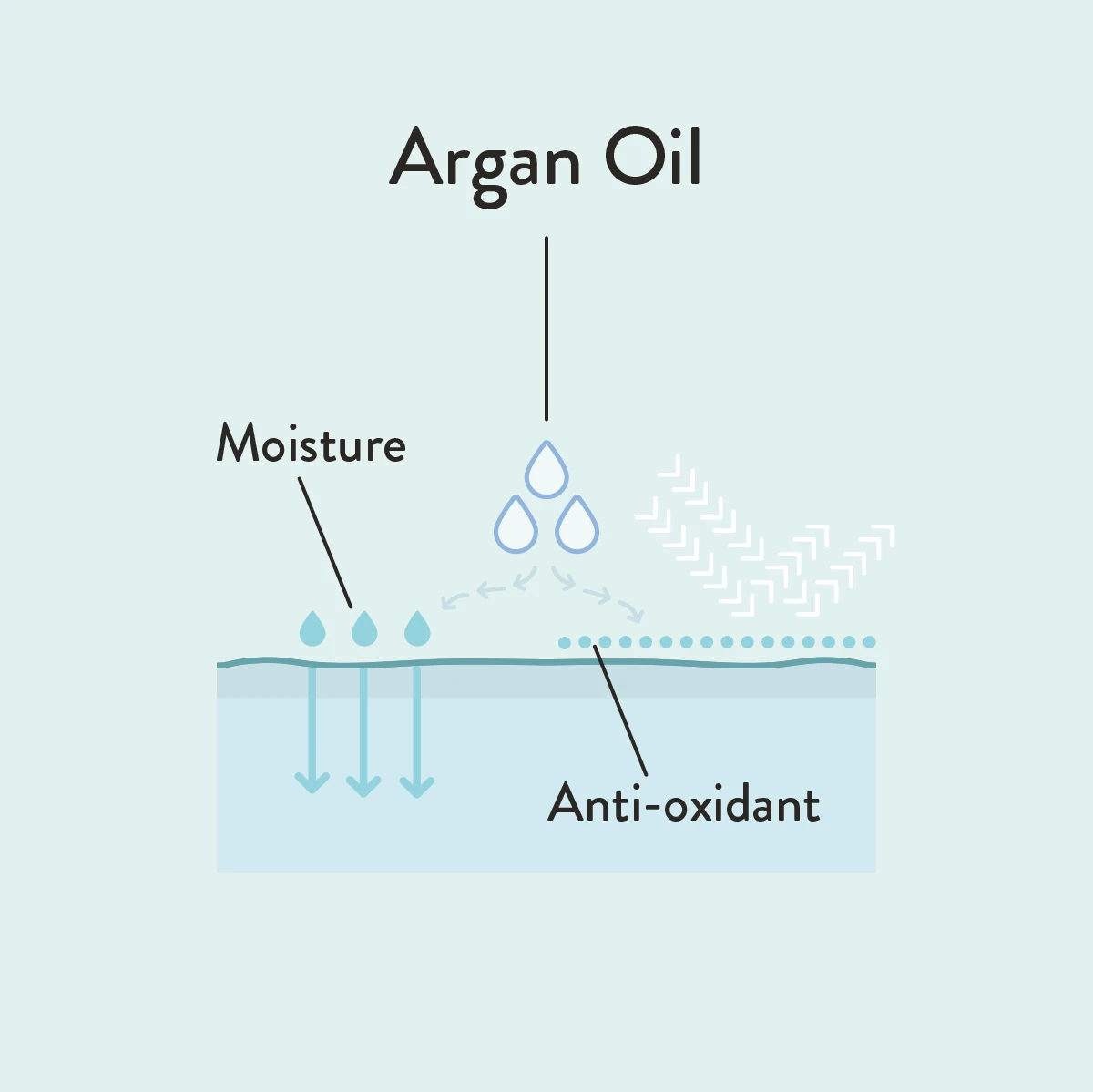
Argan oil
An extract derived from the kernels of the Moroccan argan tree. It’s rich in fatty acids and vitamin E, so it provides both moisturising and antioxidant benefits to the skin. It’s commonly found in moisturisers and serums.
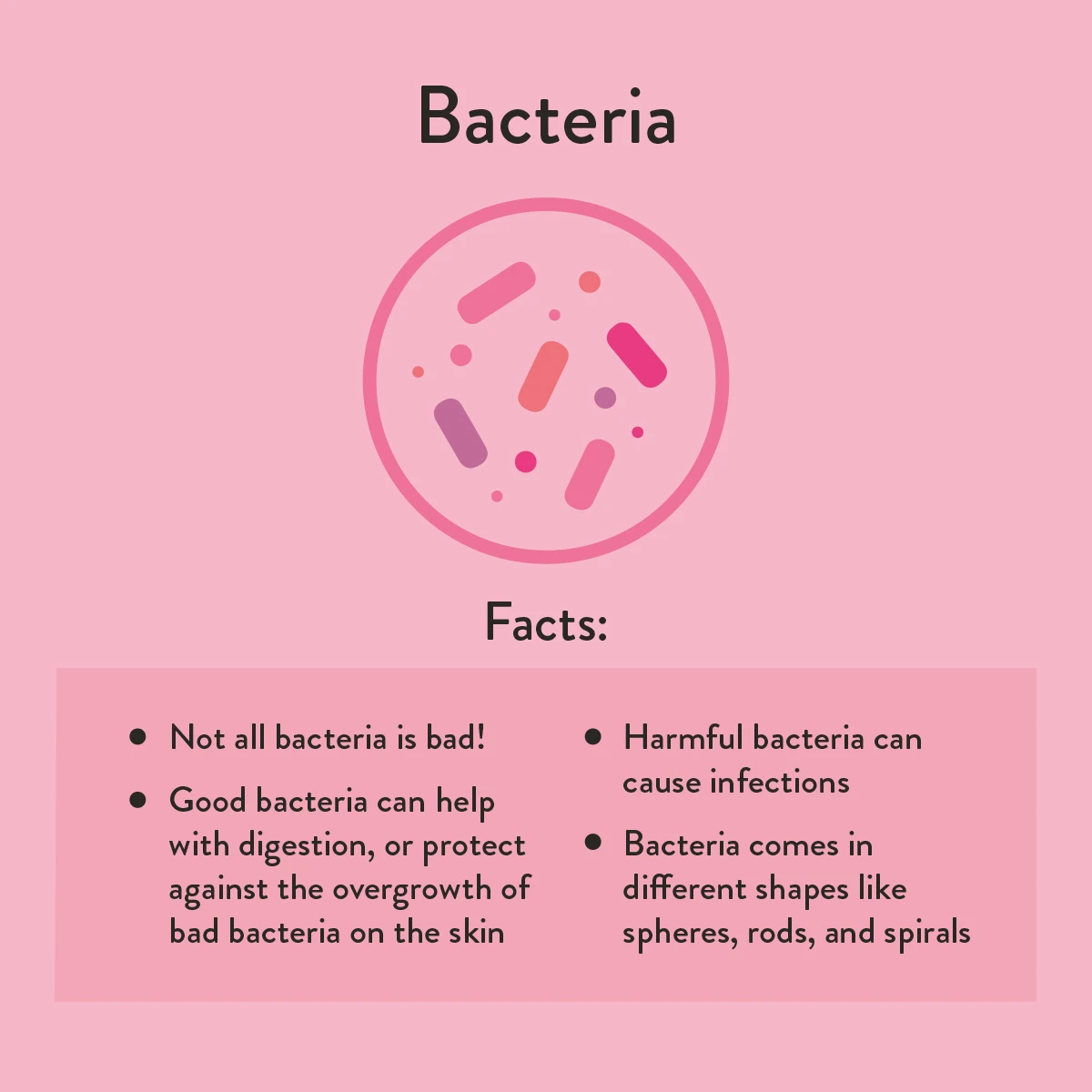
Bacteria
Single-celled microorganisms that can be found everywhere including the environment and even your skin, where they make part of the microbiome. A balanced skin microbiome can help fight off potentially harmful bacteria and keep your skin healthy looking.

Barriercare® Technology
Cleansers with Barriercare® Technology use large molecules called polymers to thoroughly clean skin without penetrating its protective barrier. This gentle, hydrating technology removes only excess oil while leaving behind the skin’s natural oils that keep it moisturised and healthy.
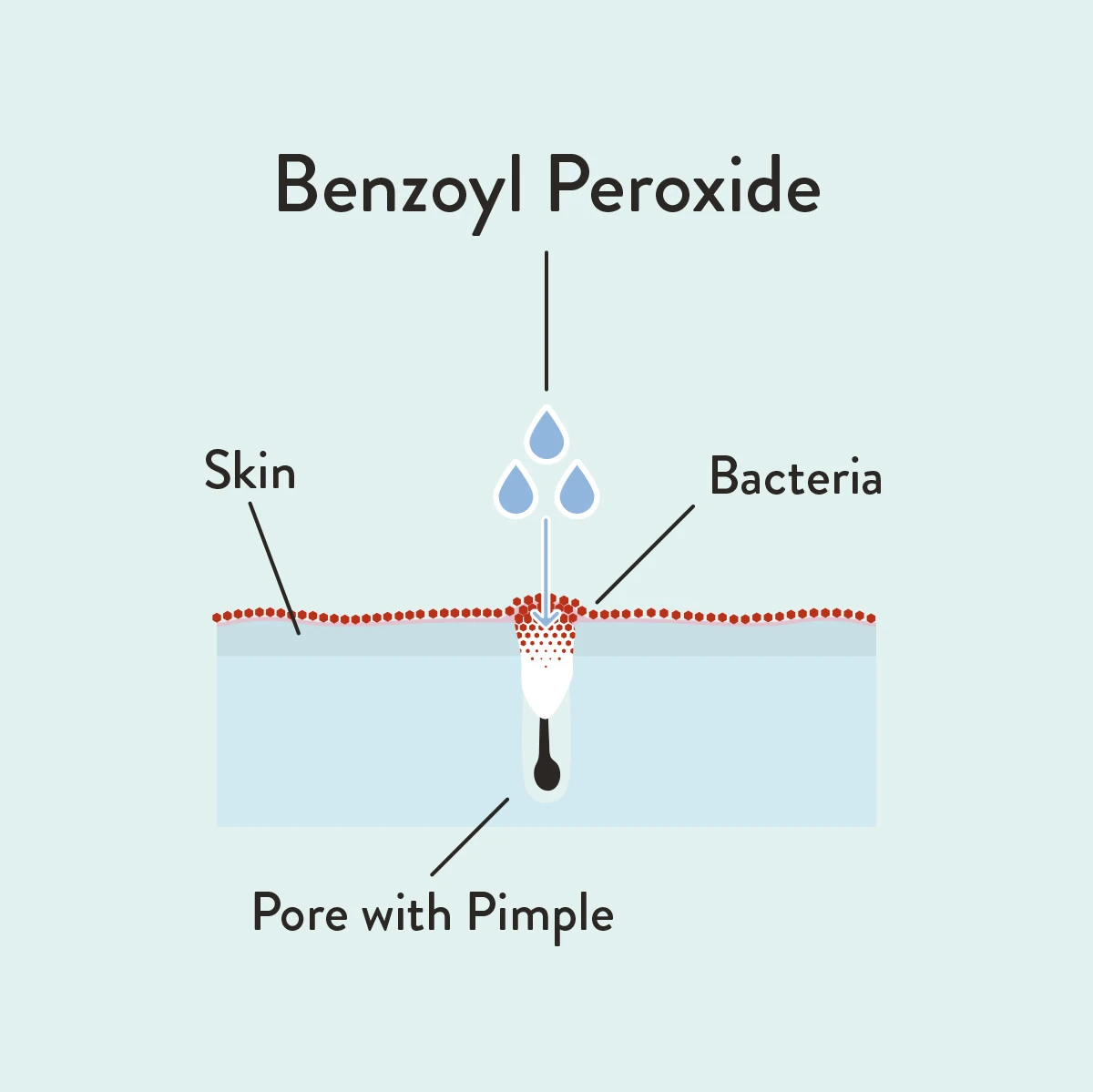
Benzoyl Peroxide
This ingredient helps get rid of bacteria on the skin that leads to breakouts. It’s also helpful in preventing the formation of clogged pores or comedones – what we commonly call blackheads and whiteheads.
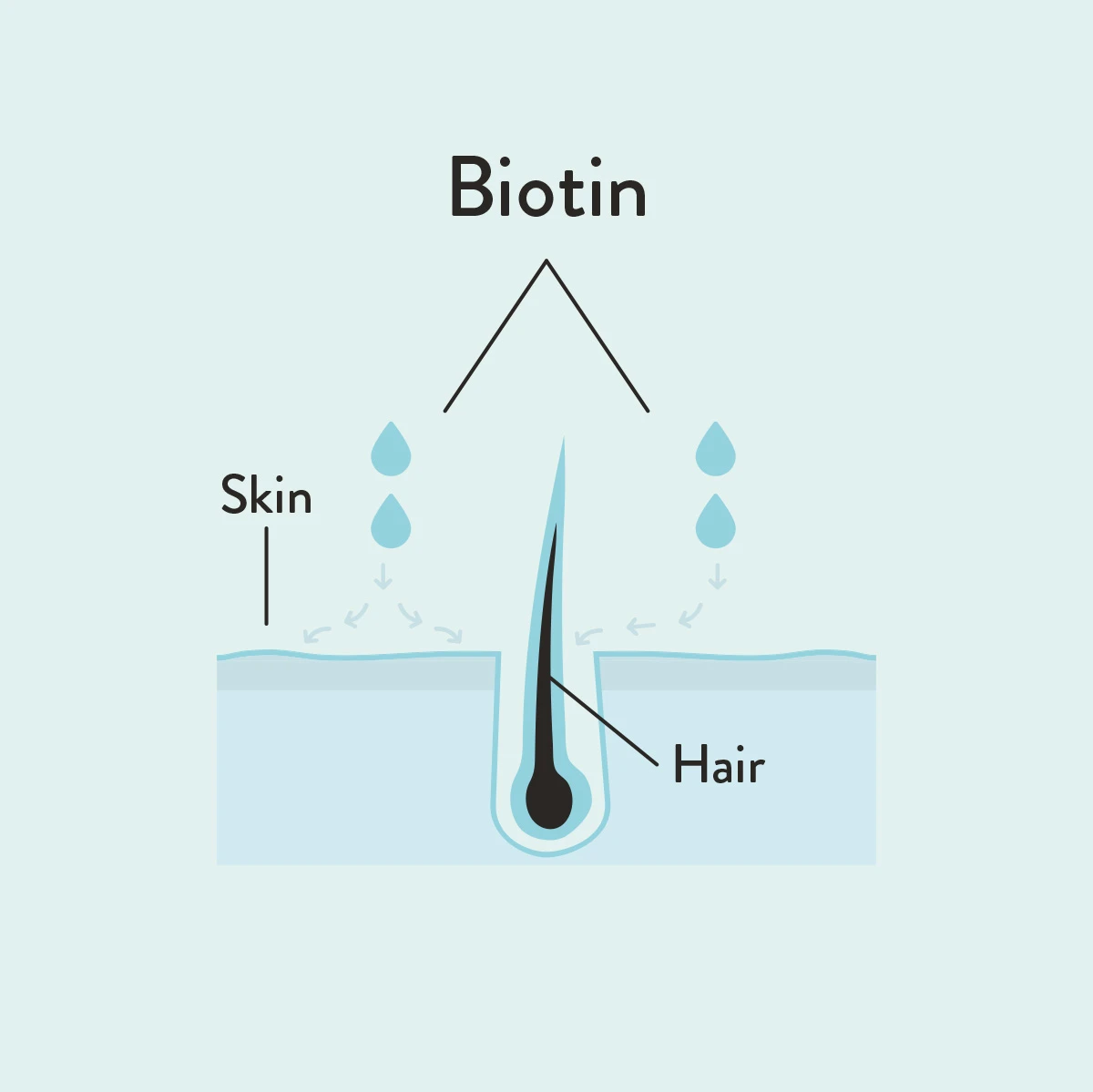
Biotin
A B vitamin found in meat, eggs, seeds, nuts, and some vegetables that helps turn food into energy. It plays a major role in the growth and health of hair and nails. It can also be applied topically to the skin as a moisturiser.
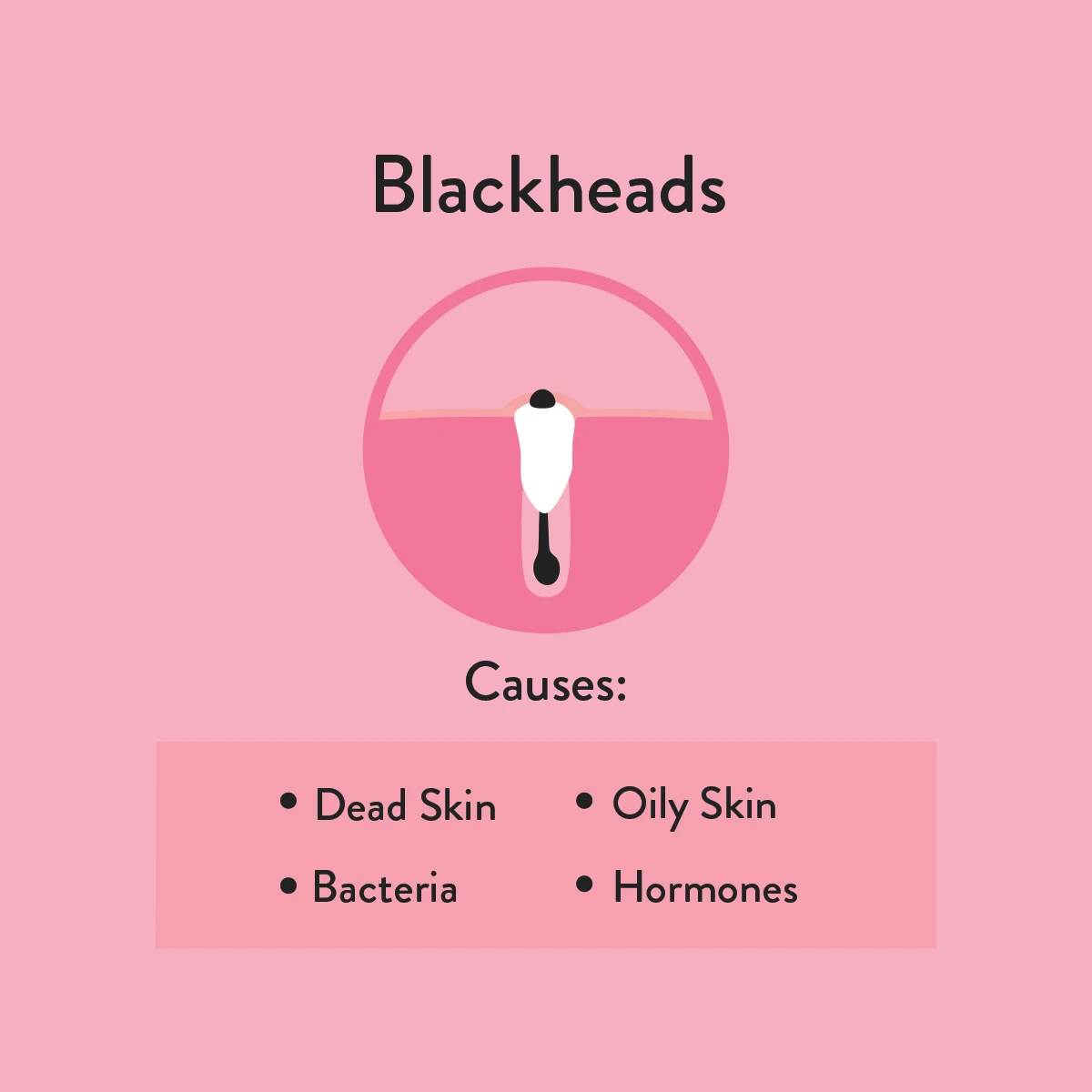
Blackheads
When a pore becomes clogged with dead skin cells, oil, and bacteria, and left open (not covered with skin), the top of the clog oxidises and turns black.
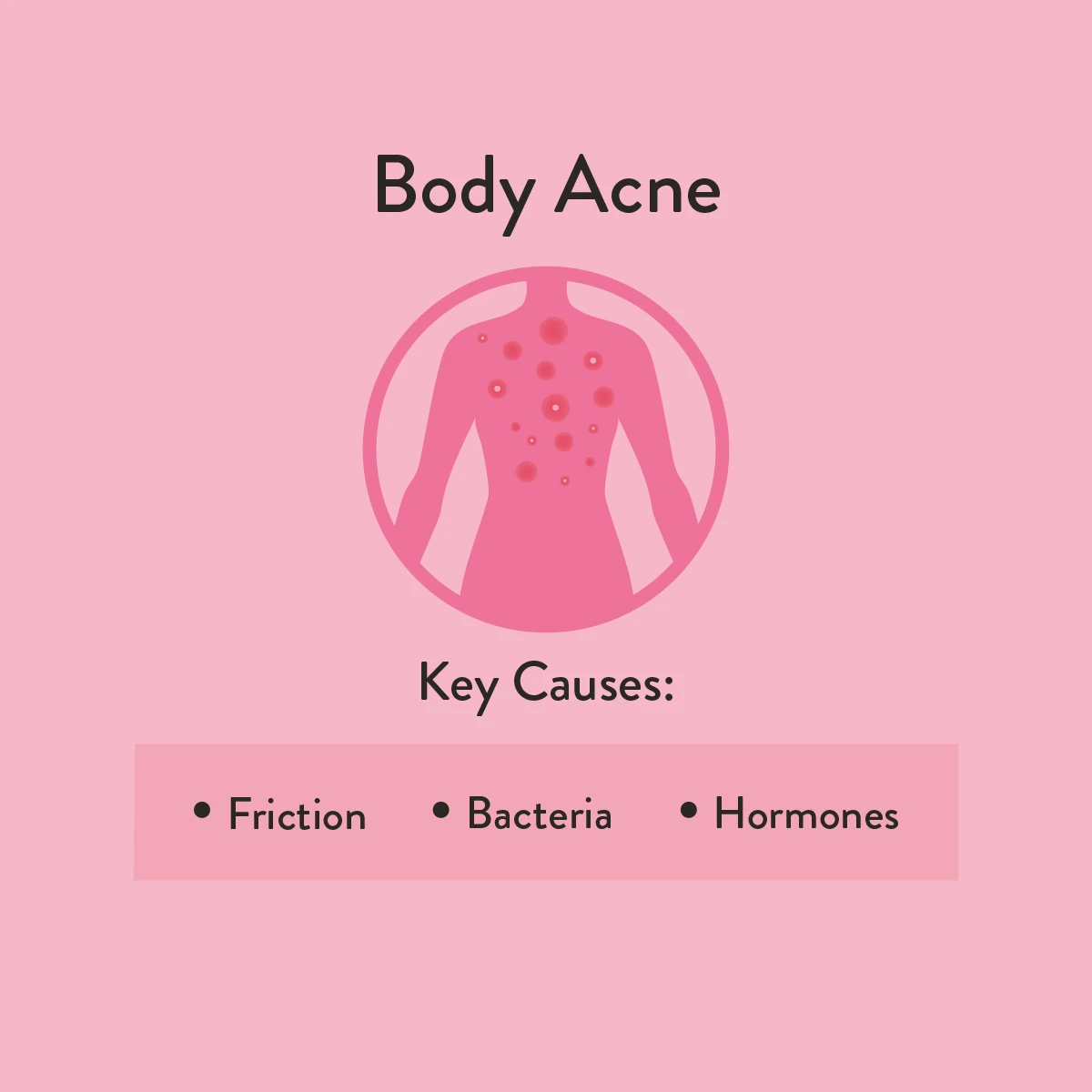
Body Acne
This occurs when pores become clogged. Body acne most commonly appears on the neck, back, chest and shoulders. It can be triggered by sweat or humidity, so showering regularly and wearing lightweight clothing is advised. Its causes are similar to acne.
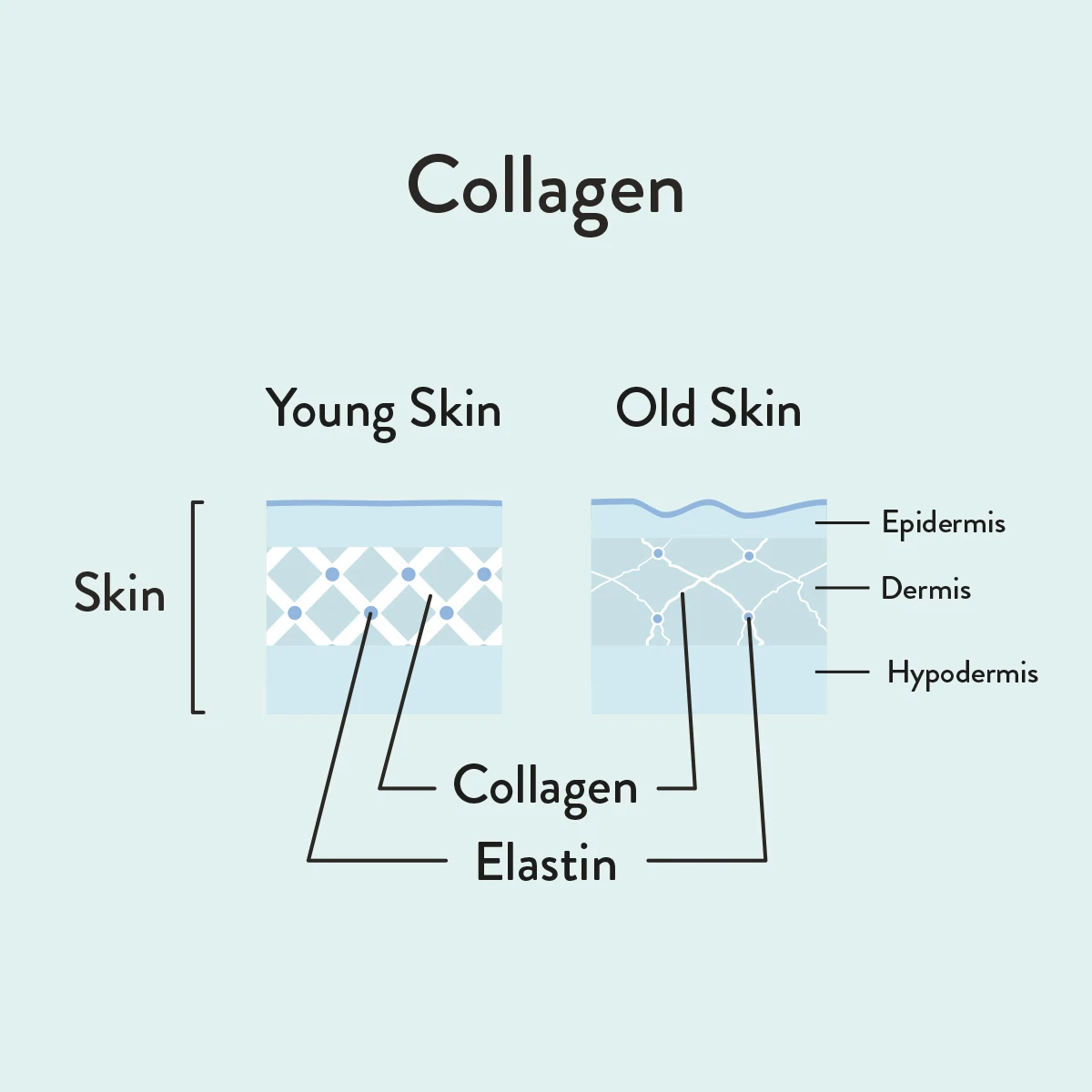
Collagen
This is the most common protein found in the human body. It’s essential to forming your muscles, bones, and skin – as well as holding all these components together. As we age, we lose collagen, which is why it can be helpful to use products that help reduce the visual effects of decreased collagen production.
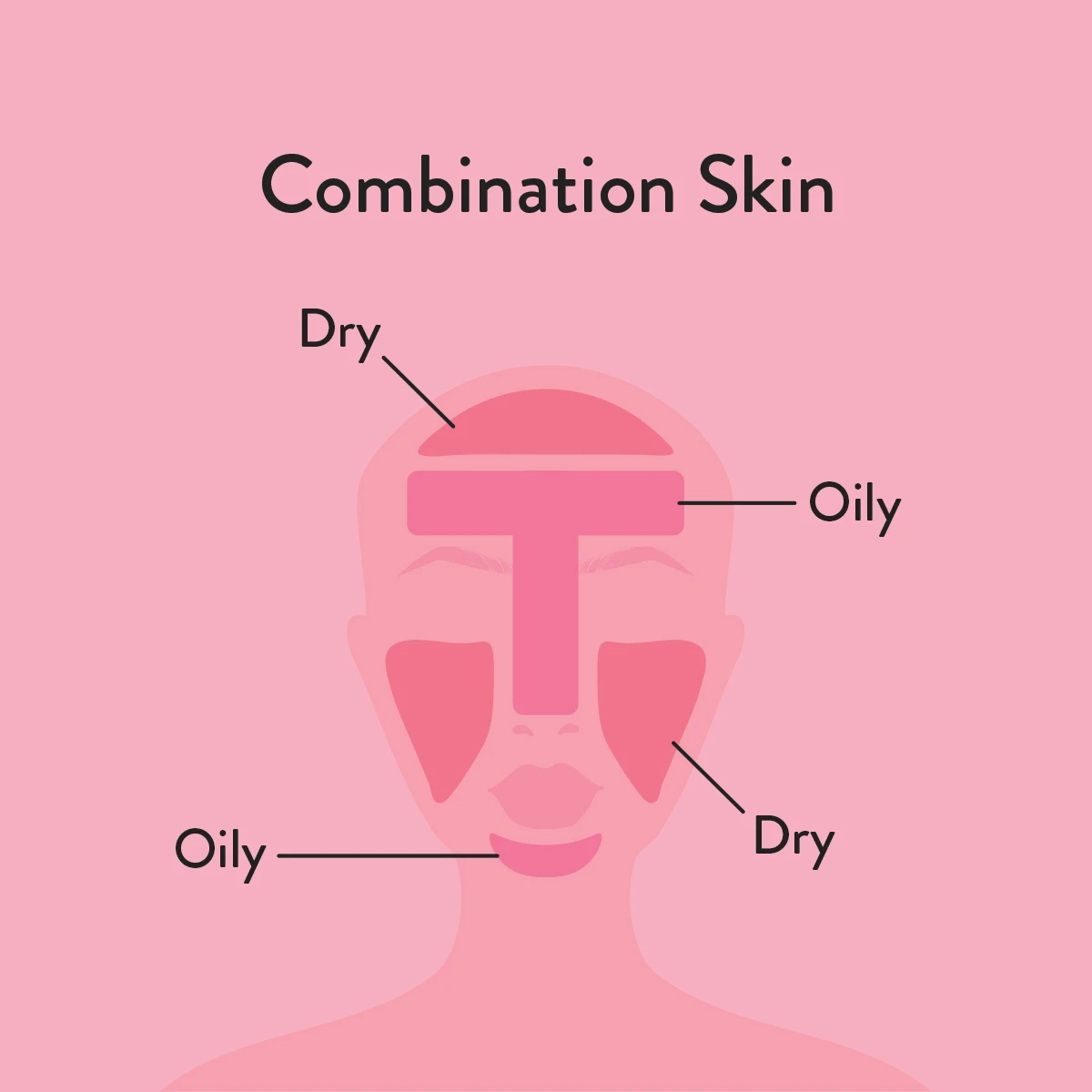
Combination Skin
Skin that is dry or normal in some areas and oily in others. This skin type tends to have more active oil glands in the T-zone (forehead, nose, and chin), making it prone to clogged pores. The cheeks have fewer active oil glands, so they may appear dry and flaky.
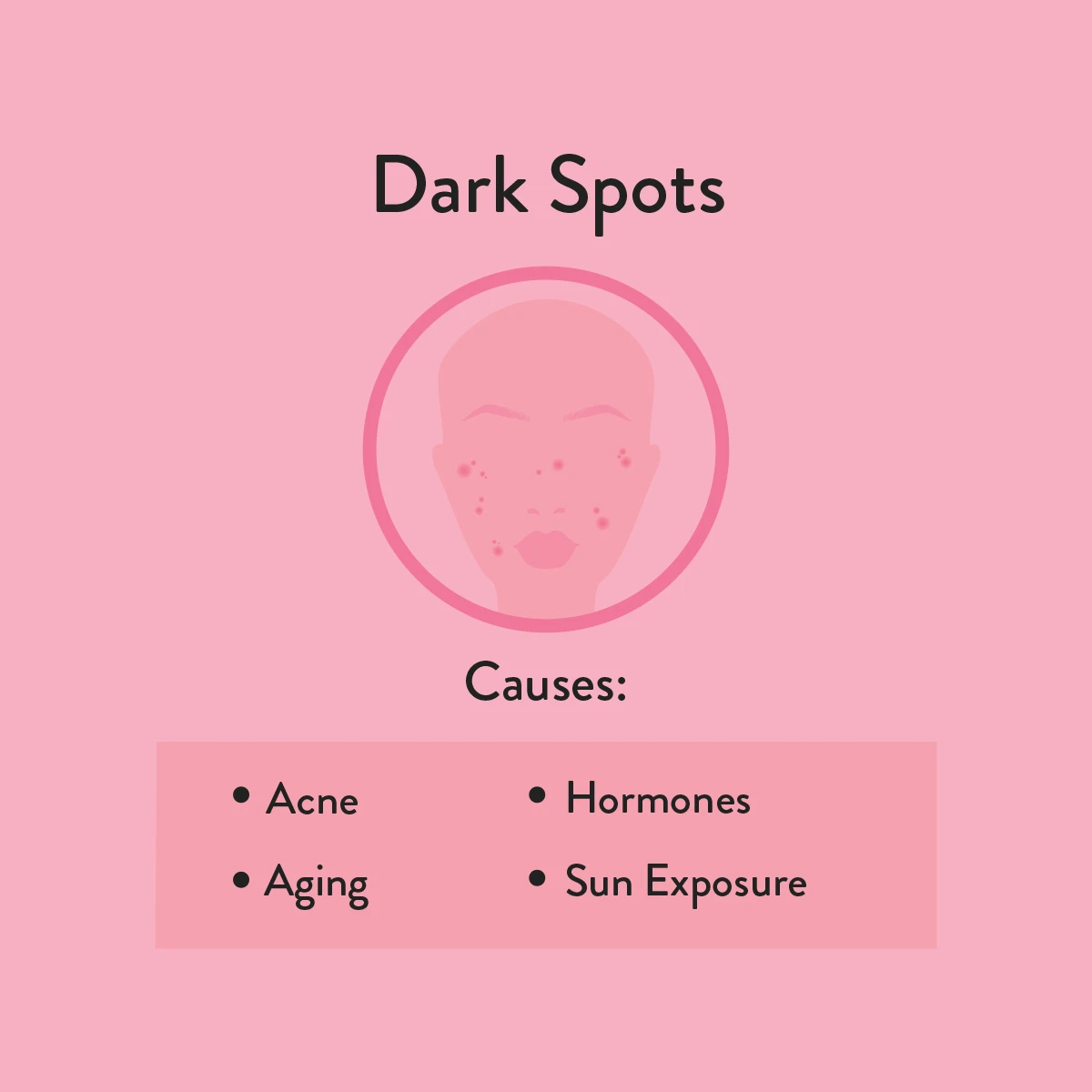
Dark Spots
Also called hyperpigmentation, this is discolouration that lies flat on the skin’s surface. It’s formed by the overproduction of melanin, the substance that gives skin its colour. This is often the result of skin trauma such as acne, sun damage, psoriasis or other irritants
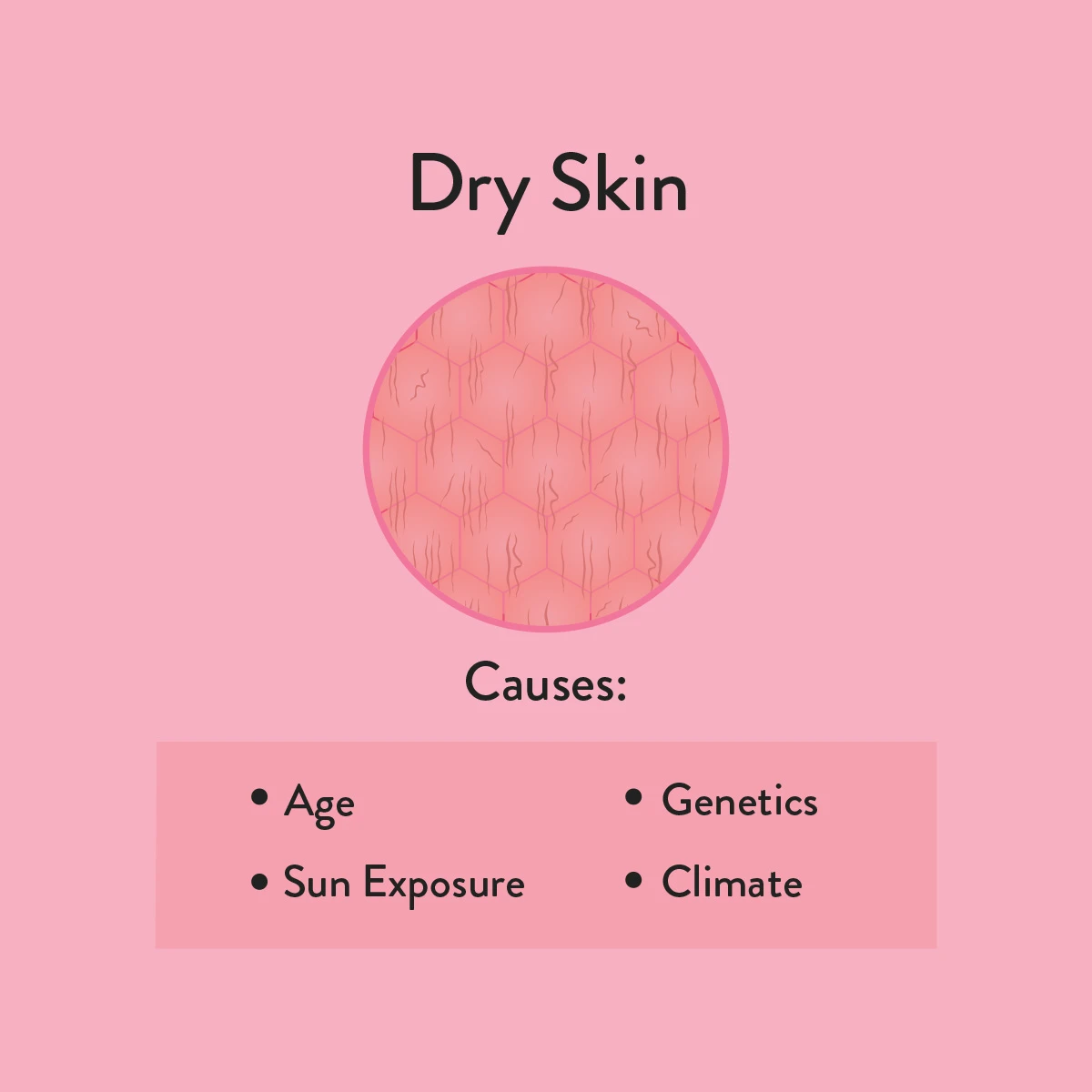
Dry Skin
A skin type that produces less sebum (natural oils) than normal. Often, dry skin also lacks hydration since there is not enough oil to hold in moisture on the skin’s surface. Extremely dry skin is medically known as xeroderma and usually feels tight, sensitive, or itchy and looks dull, rough or flaky.

Elastin
A protein found in skin and other connective tissues that has elastic properties. Like a rubber band, it allows skin to snap back to its original shape after being stretched – for example, when it is poked or pinched. Elastin is vital in preventing wrinkles and sagging.
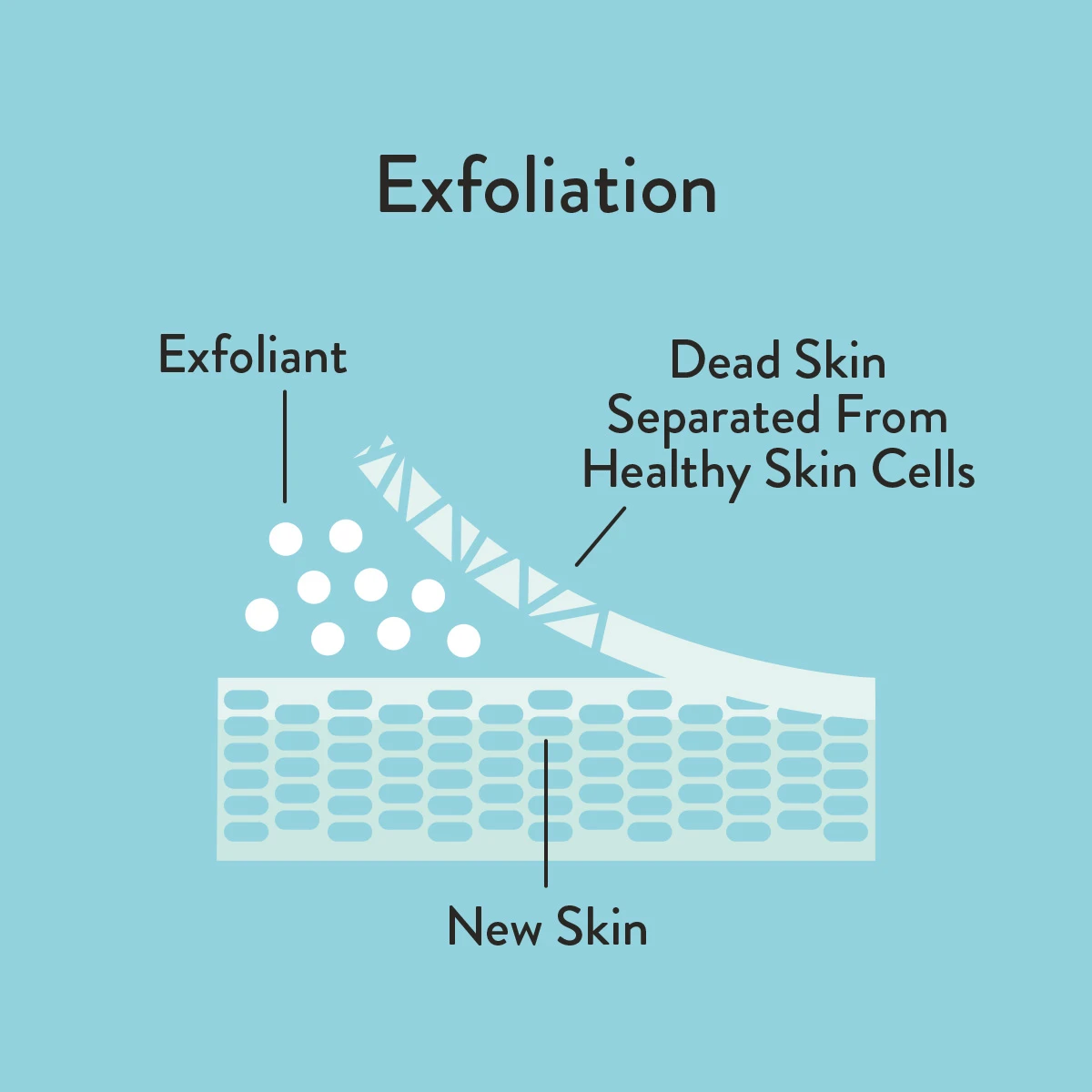
Exfoliation
The process of removing dead cells from the skin’s surface to improve its appearance. It may be done physically by using a granular scrub to remove dead cells, or chemically by applying acids to loosen the bond between dead cells.
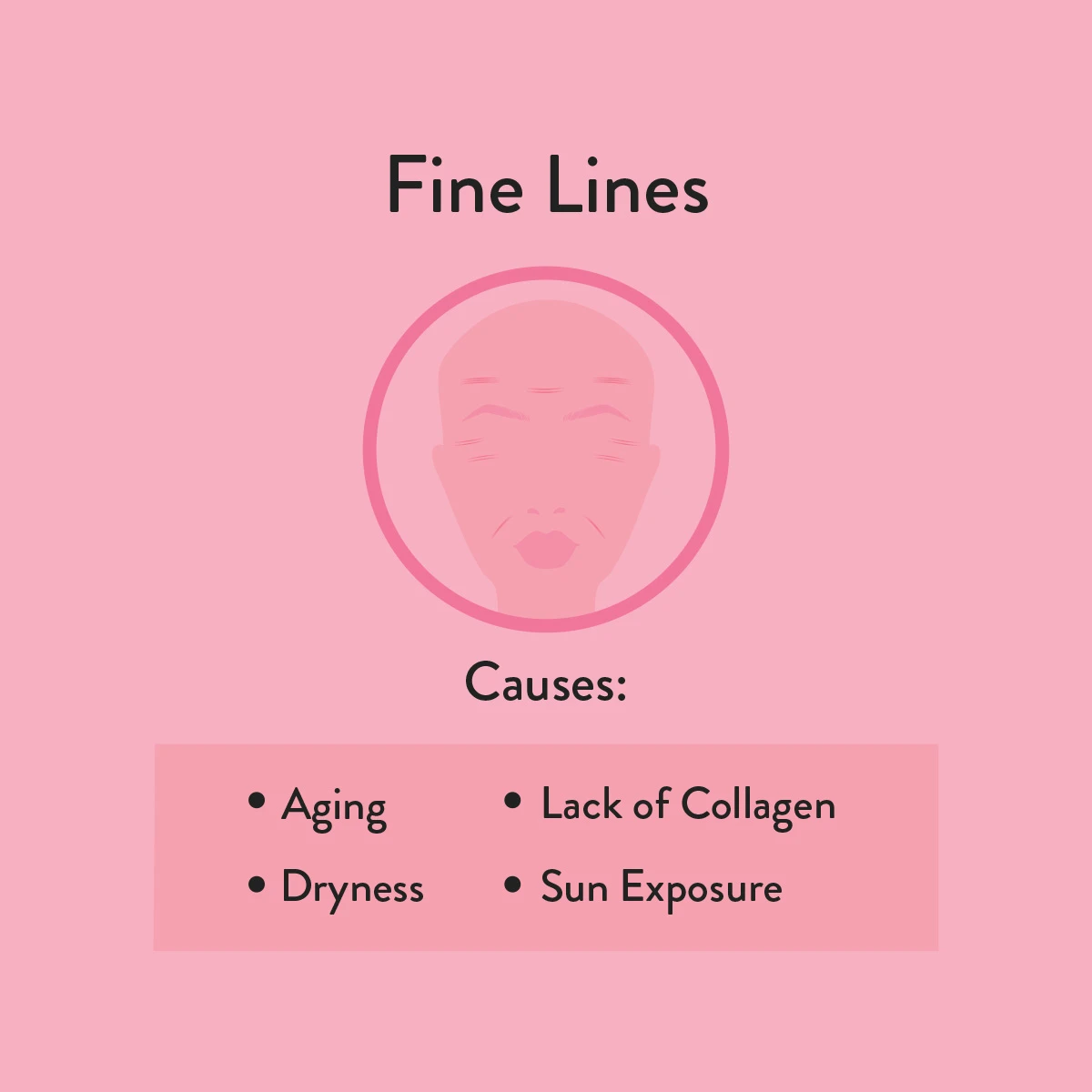
Fine Lines
Linear markings that appear on the facial skin, typically in areas that show expression, such as the eyes and mouth. These occur naturally because of age and lifestyle habits (such as smoking) as well as over-exposure to UV rays and free radicals in the environment.
G - L
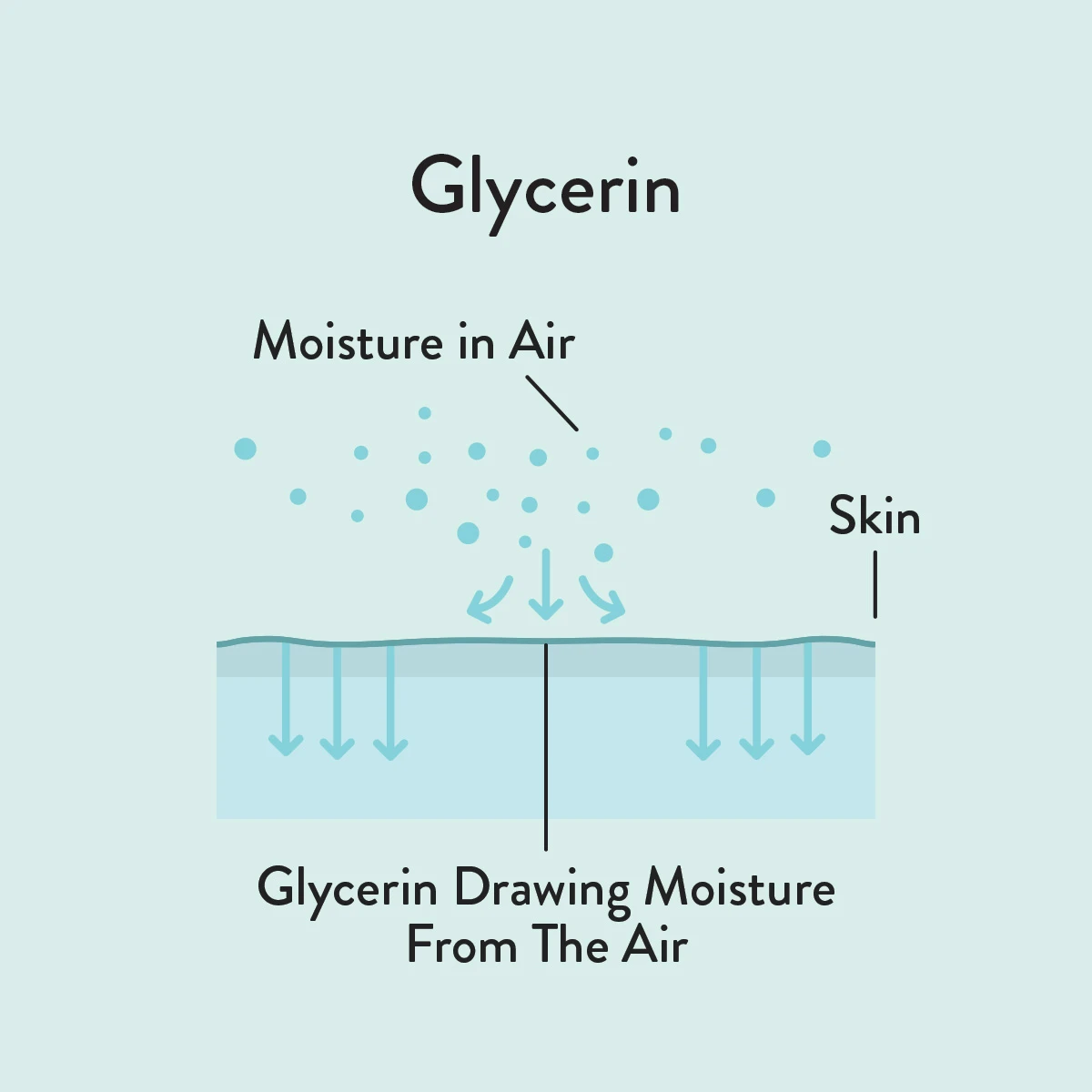
Glycerin
A colourless, odourless liquid that can be sourced from plants and is used as an ingredient in a variety of products for its ability to attract and seal water into skin, improving the overall appearance of fine lines and flakiness. It’s often found in facial moisturisers and body lotions.
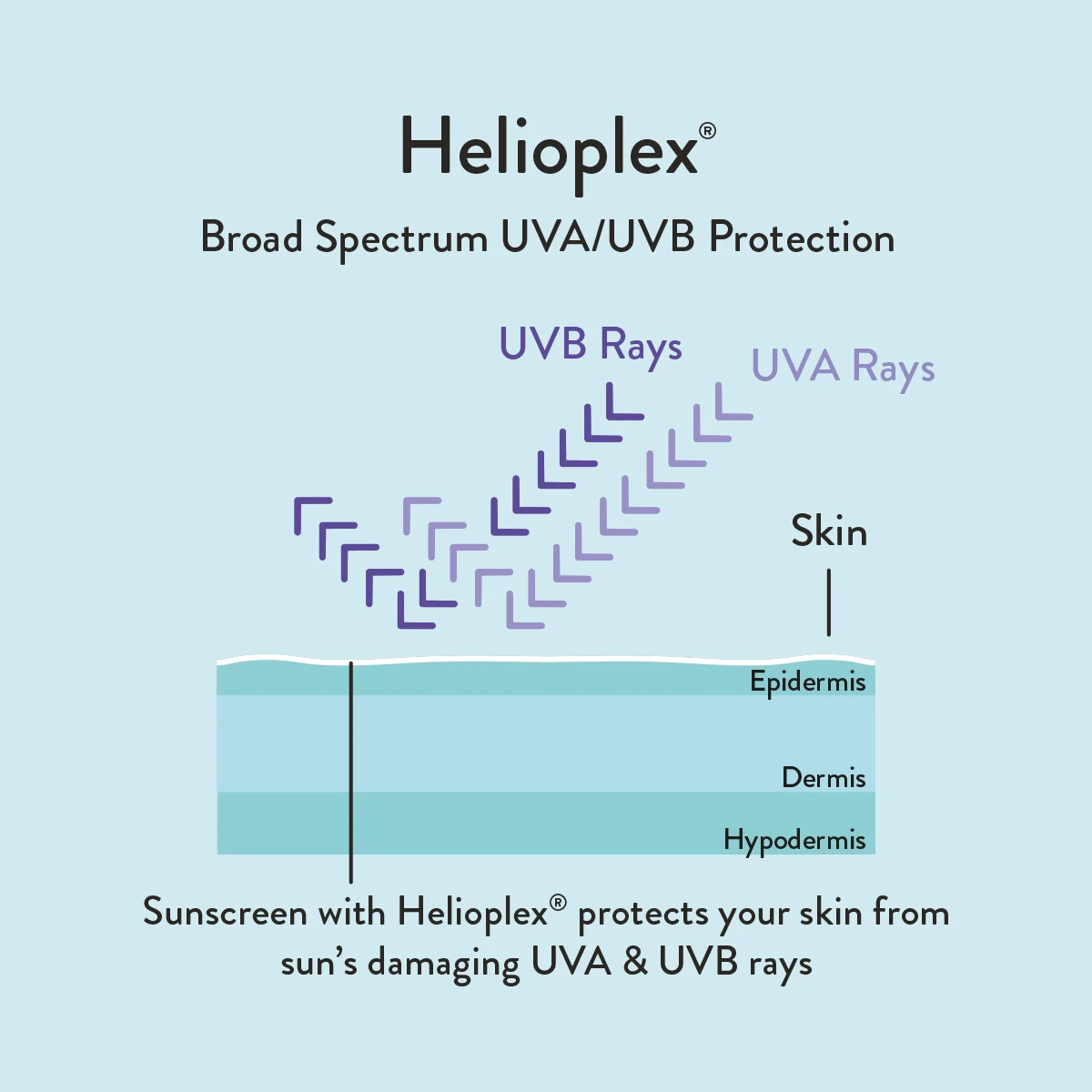
HELIOPLEX® Technology
HELIOPLEX® Technology provides broad-spectrum protection against the sun’s UVA and UVB rays, which contribute to sunburn, premature aging, hyperpigmentation, and skin cancer. The active ingredients in sunscreens with HELIOPLEX® Technology don’t break down when exposed to the sun, giving wearers more effective protection.
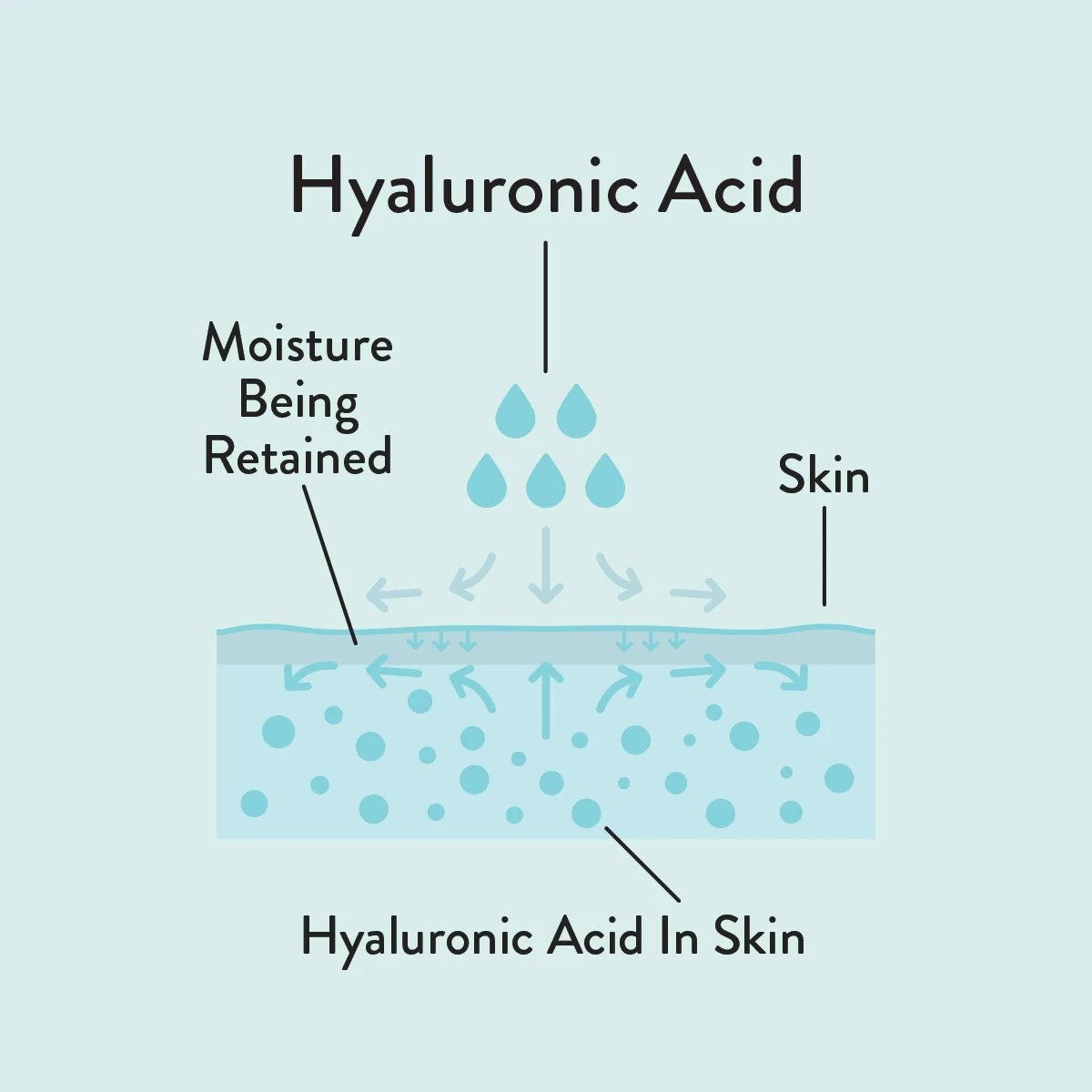
Hyaluronic Acid
A chemical compound that is found naturally in skin and widely used in skincare products. Its intense hydrating benefits – and unique ability to hold many times its weight in water – make it a popular active ingredient in many hydrating serums and masks.
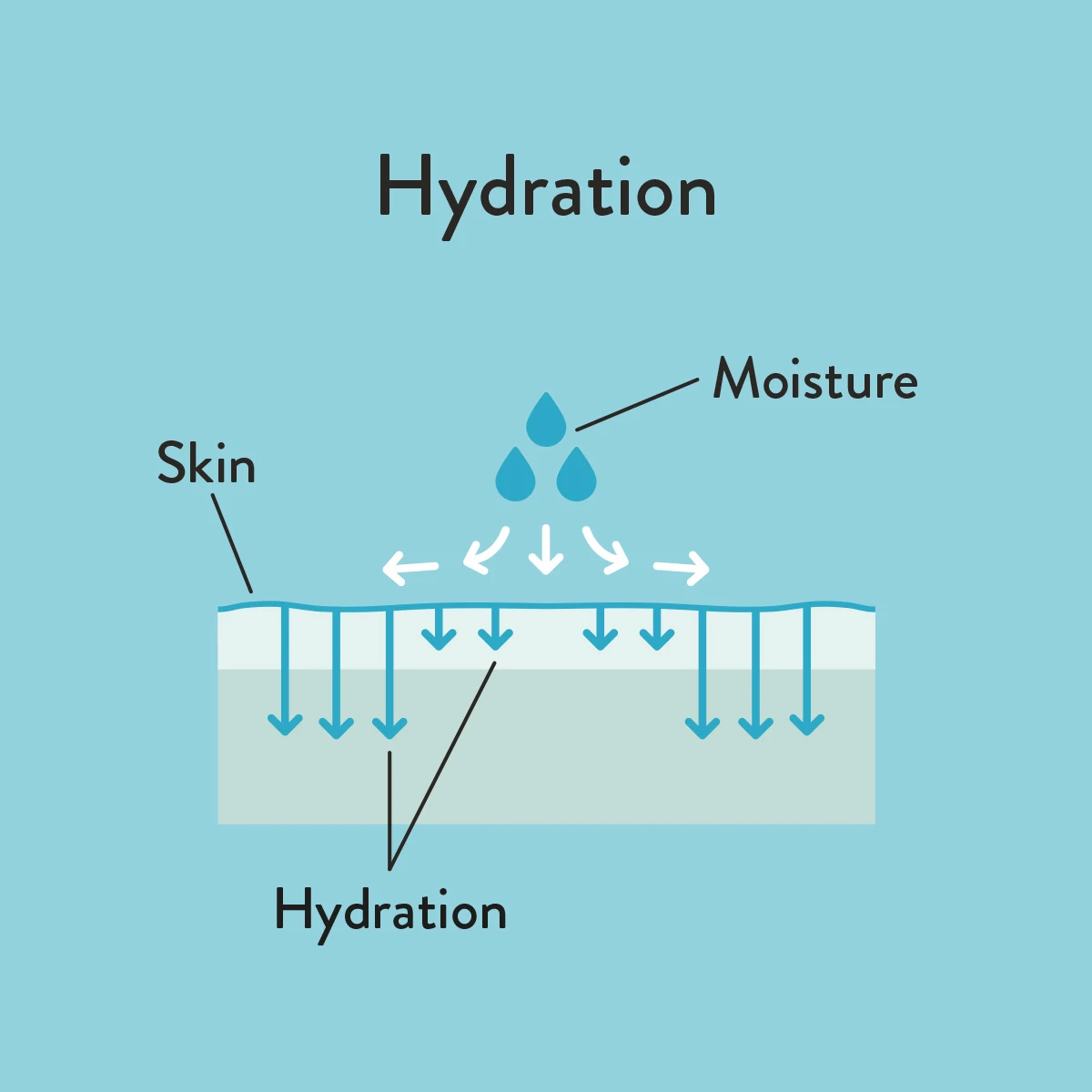
Hydration
This is the ability of the skin’s surface to retain and hold water. This causes the cells to swell, because more plump and appear dewy, creating a visibly healthier and glowing appearance. In addition to helping skin look good, hydration also assists with crucial barrier functions.
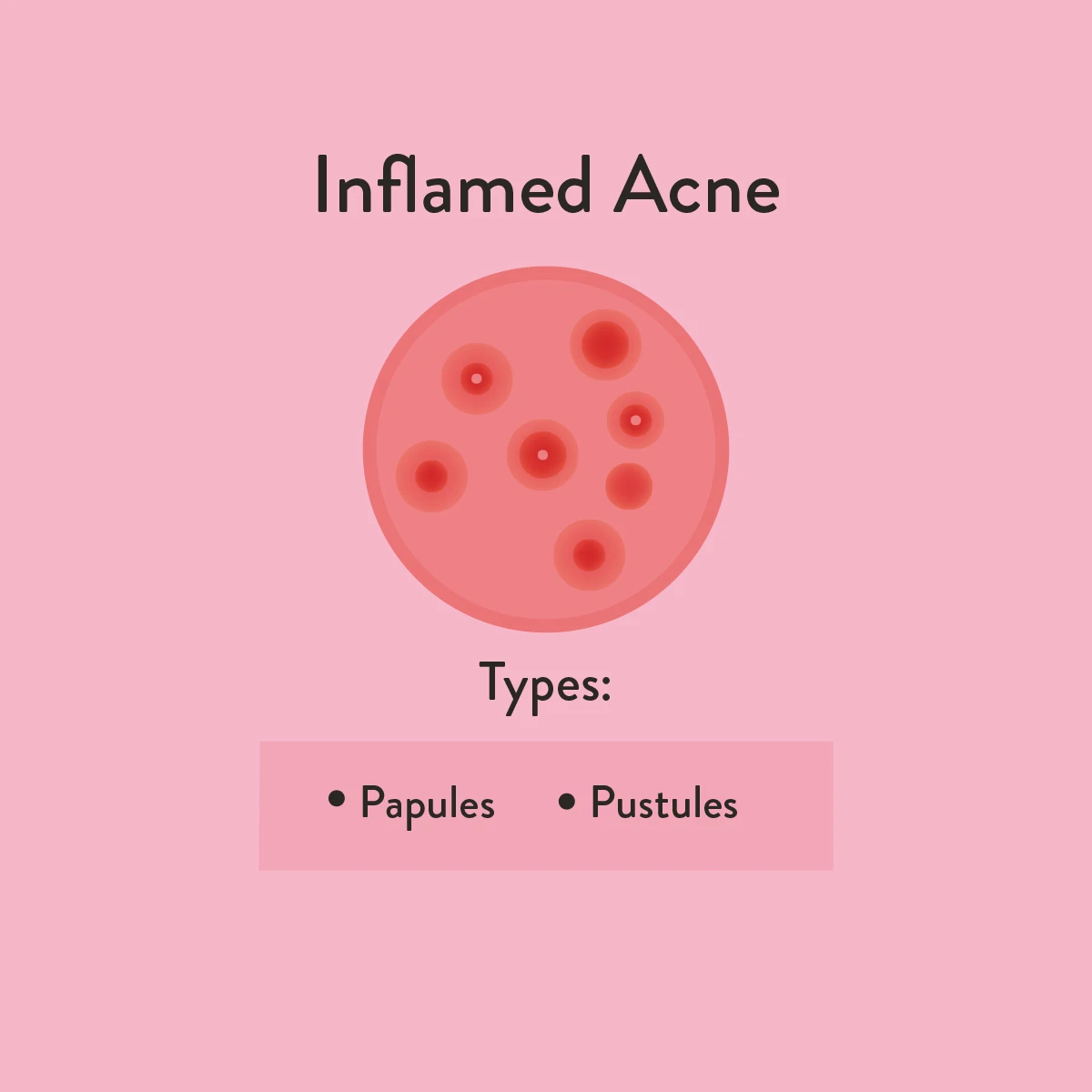
Inflamed Acne
Inflamed acne bumps are an area of raised skin that contain a small amount of pus, usually due to dead skin cells and bacteria getting trapped inside a pore. This causes the body to react which leads to painful red bumps.

Lipids
These are naturally occurring fat compounds that sebum is mostly composed of. Lipids are crucial to maintaining the skin barrier and minimizing water loss as well as preventing outside chemicals and irritants from entering the skin. The also aid in the skin’s repair process.
M - S
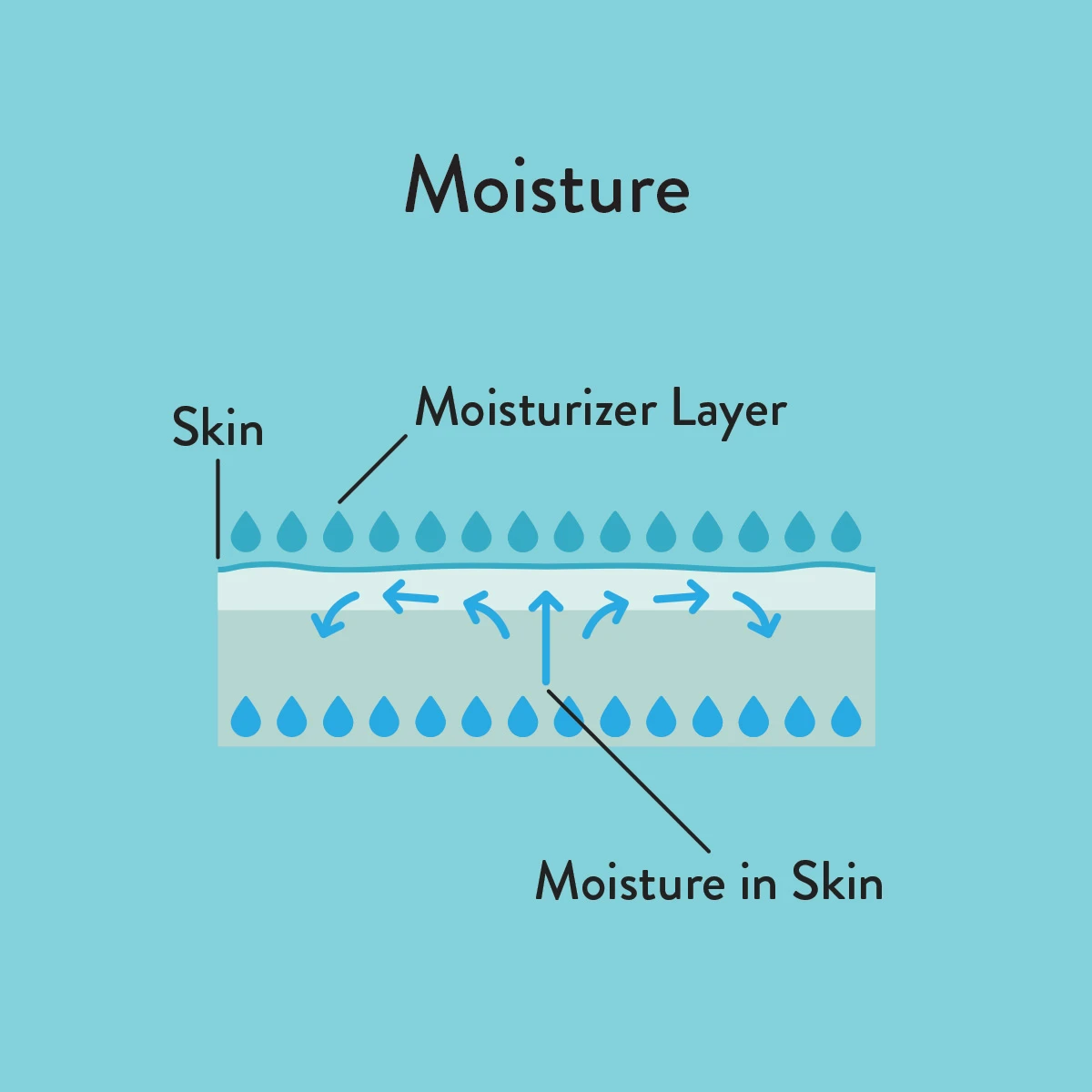
Moisture
The collection of water from humectants and emollients (such as hyaluronic acid and glycerin) that the skin is able to absorb and retain for the purpose of maintaining a healthy skin barrier. Not to be confused with hydration, which infuses skin with water.
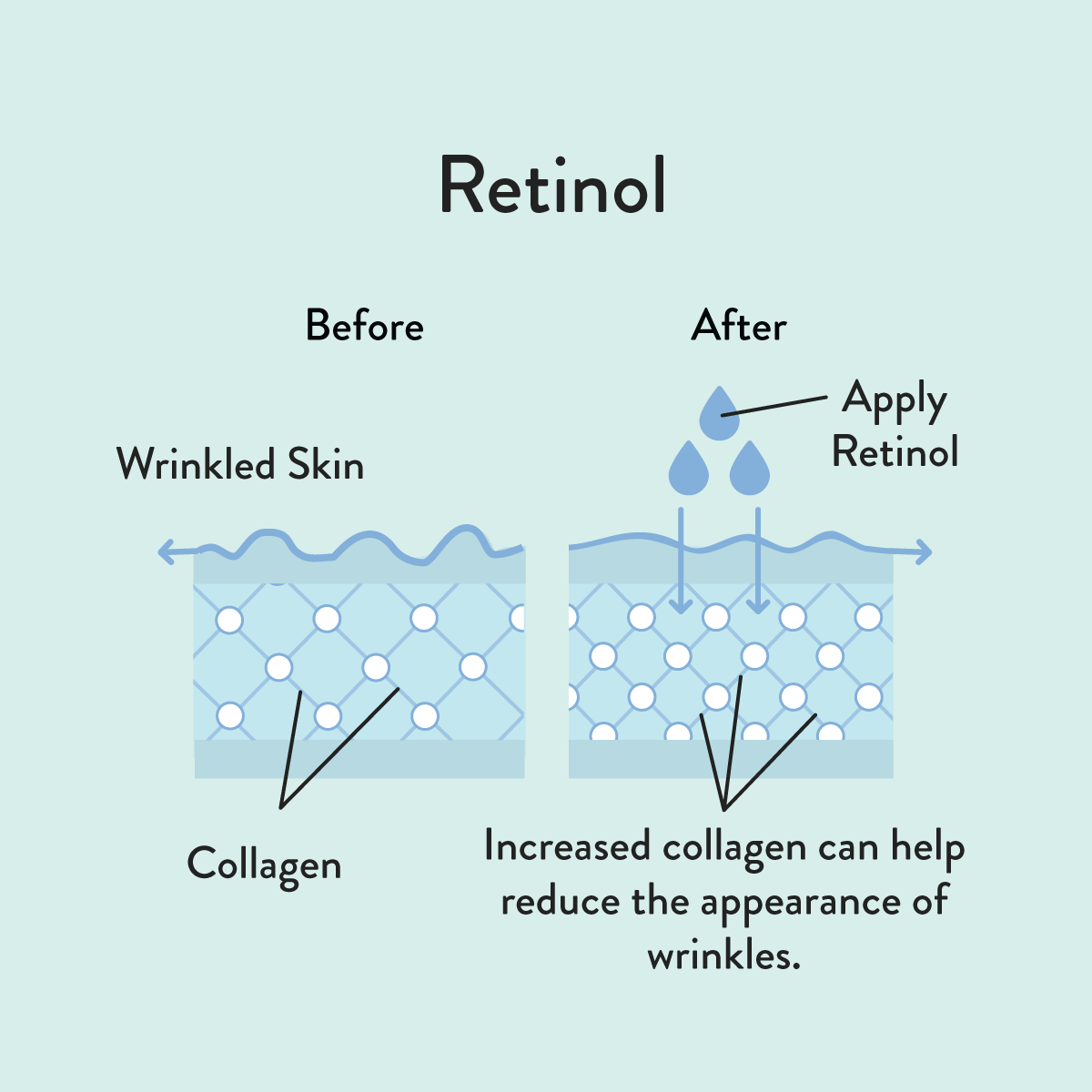
Myrtus Plant Extract
Pure Retinol, a dermatologist-proven form of Vitamin A. This powerful ingredient is scientifically proven to stimulate cell renewal at the skin's surface**, whilst also working to increase collagen production***. As cells renew, skin looks rejuvenated and revitalised, and fine lines, dullness, wrinkles and pigmentation spots are improved.
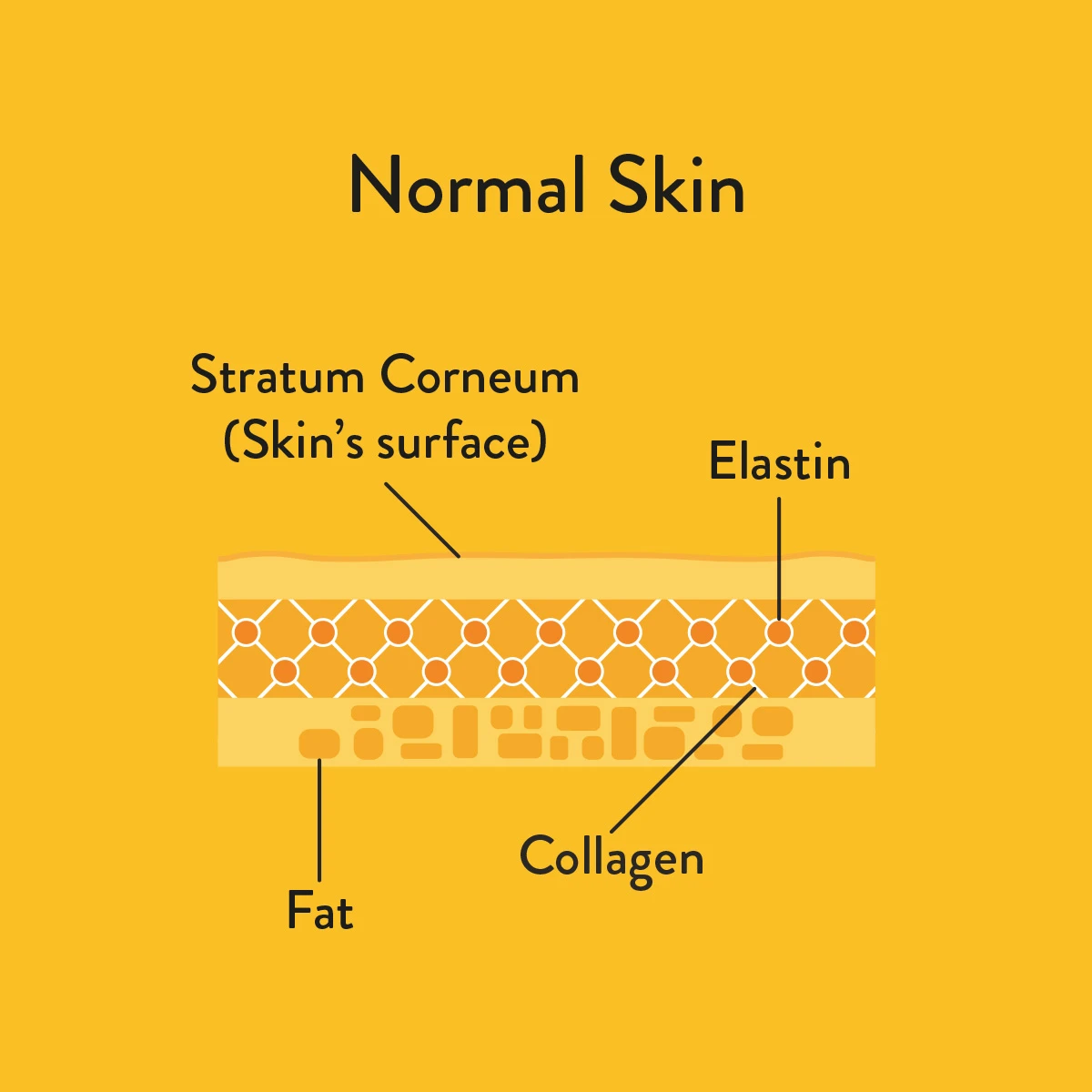
Normal Skin
A classification of a skin type that is neither too oily, too dry, or too sensitive. Normal skin typically does not exhibit blemishes or many issues, so individuals can generally use most skincare products without concern.
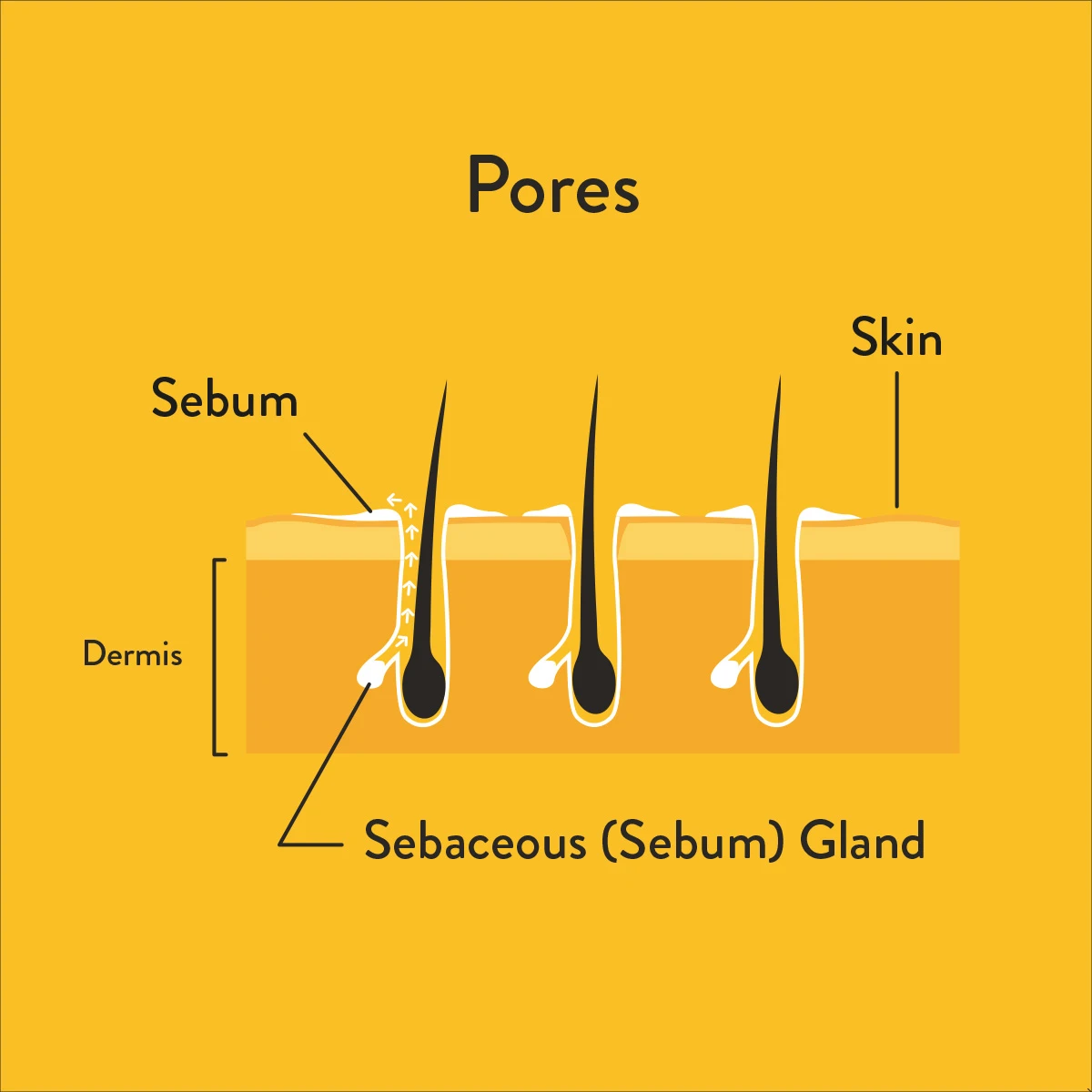
Pores
These tiny openings on the skin’s surface come in two forms: oil and sweat. An oil pore contains a hair follicle and sebaceous gland, which allows sebum to reach the surface and lubricate the skin. A sweat pore releases sweat to cool the body. Keep pores clear to avoid issues
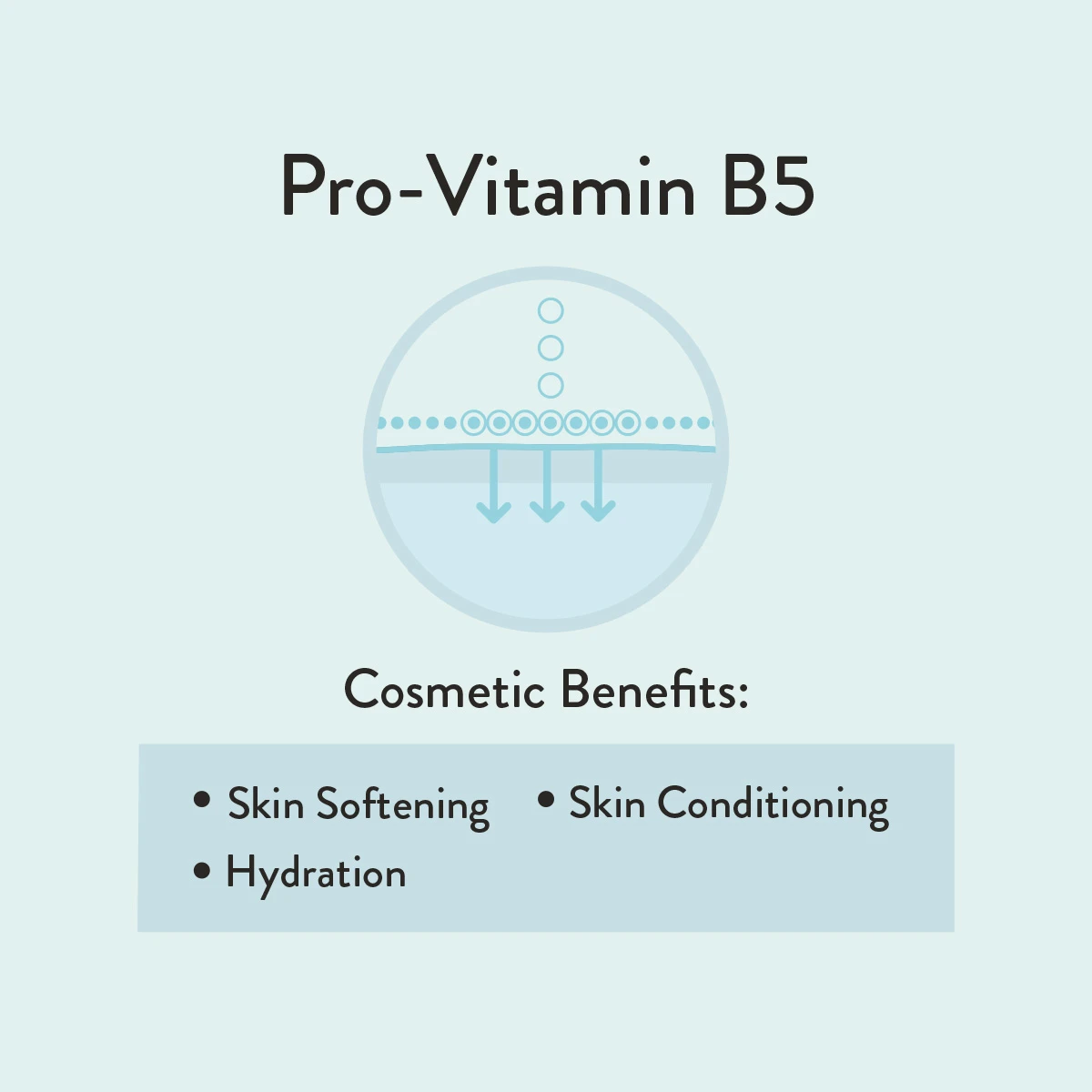
Pro-Vitamin B5
Also known as pantothenic acid, pro-vitamin B5 is a conditioner that helps skin feel softer and nourished. It has been found to support skin’s natural repair when applied topically in the long-term.
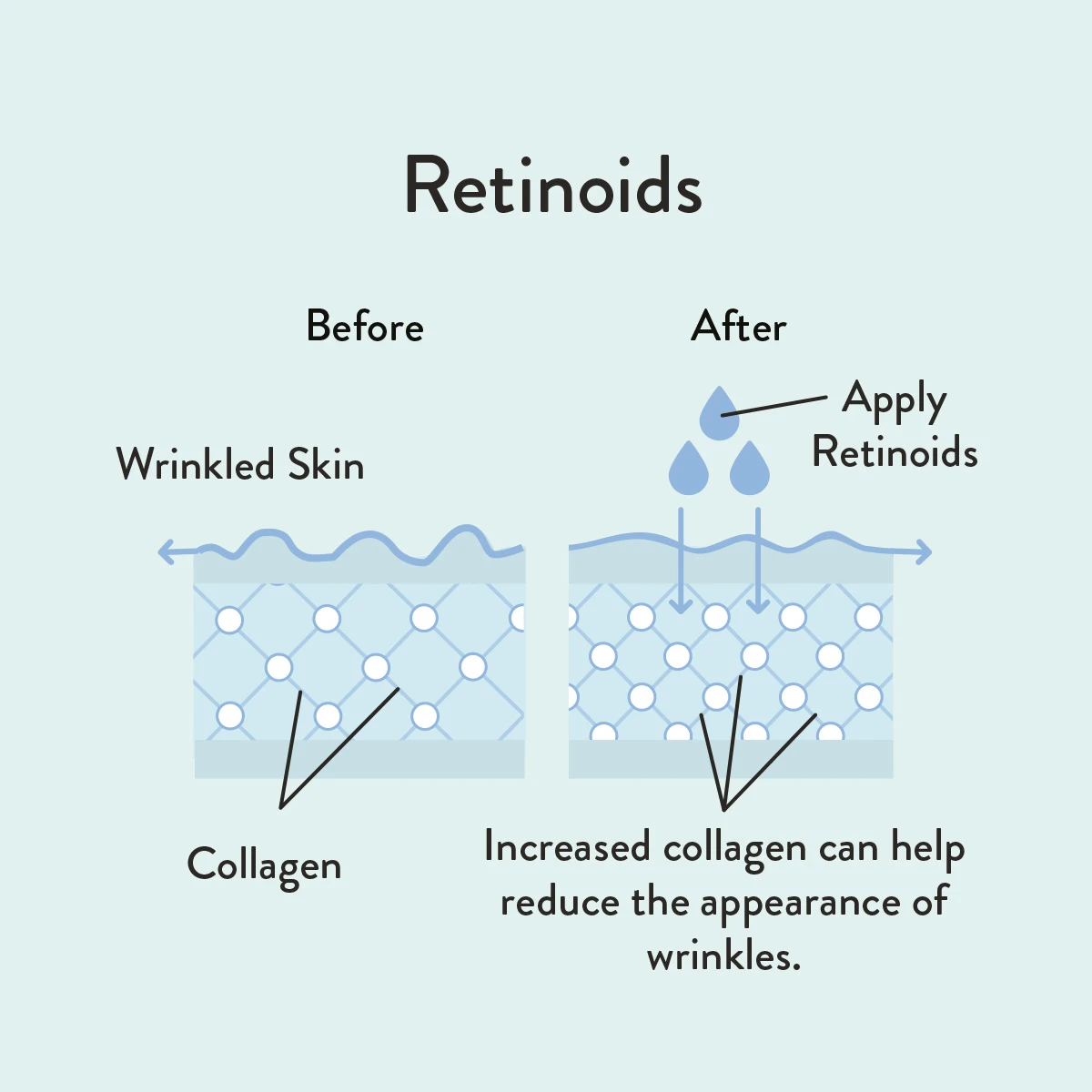
Retinoids
A derivative of Vitamin A that reduces the appearance of fine lines, wrinkles, and dark spots. It also complements the skin’s natural turnover process, making skin look smoother and healthier.

Retinol
This is a vitamin A derivative that complements skin’s natural surface renewal for smoother skin and helps reduce the appearance of fine lines, wrinkles, and dark spots.
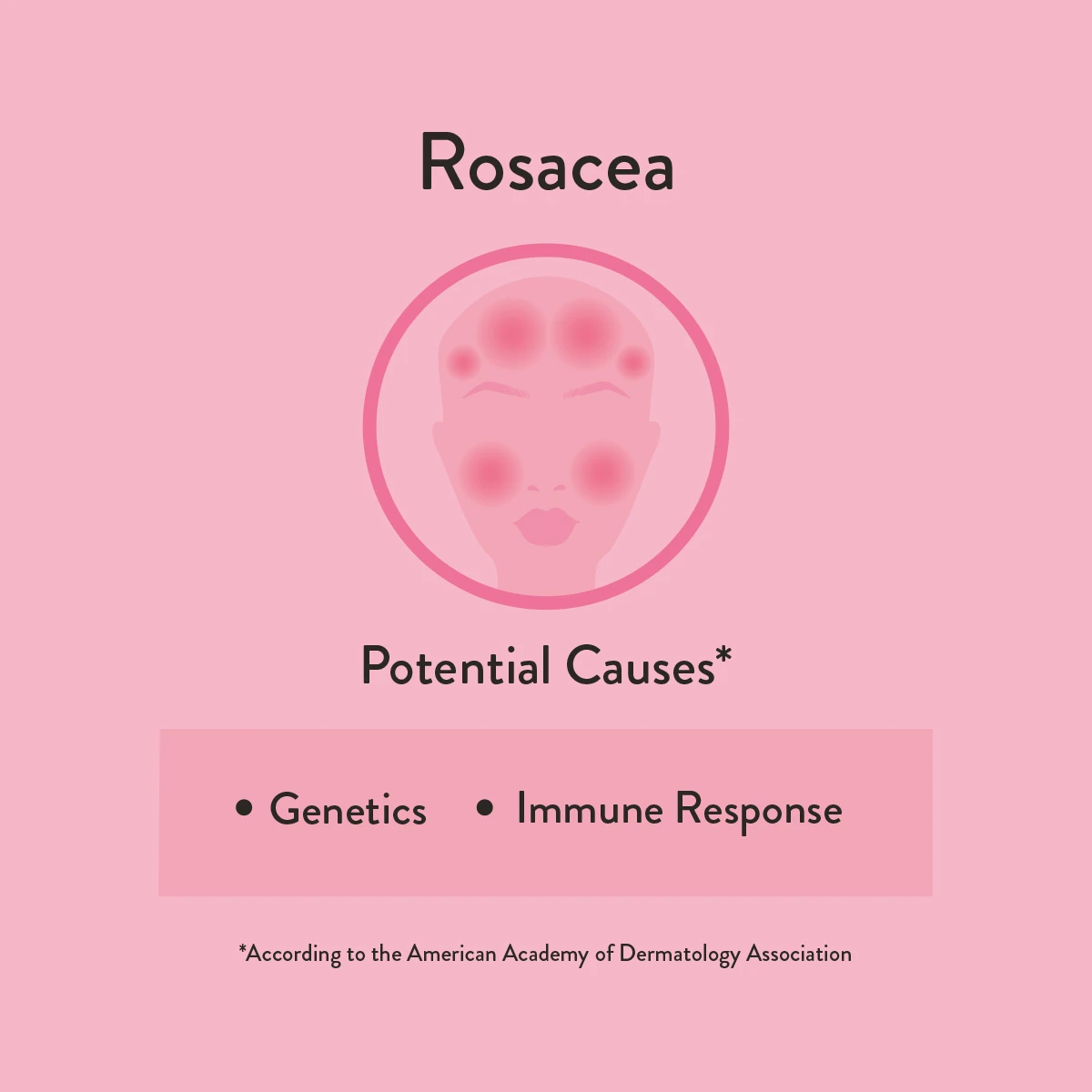
Rosacea
This chronic condition is characterised by inflamed, small blood vessels, persistent flushing, redness, hyper-reactive skin, and sometimes even pus-filled lesions. It’s often hereditary, though the exact causes are not known. It is treated by finding and managing triggers, wearing sun protection, and using rosacea-friendly skin care products.

Rough Patches
This term applies to areas of the skin that are dry, flaky, scaly, or bumpy. Common causes include dry skin, extreme weather conditions, blemishes, allergies, dermatitis, eczema, psoriasis, poor skincare practices, a weakened moisture barrier or even keratosis pilaris.
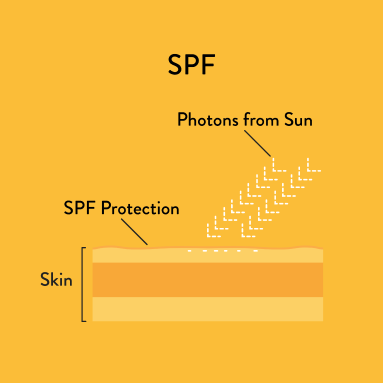
SPF
SPF, or Sun Protection Factor, is a measure of how well a sunscreen can protect the skin from UVB rays, which are the primary cause of sunburn. It indicates how much longer it would take for the skin to burn with the sunscreen applied compared to without.
T - Z
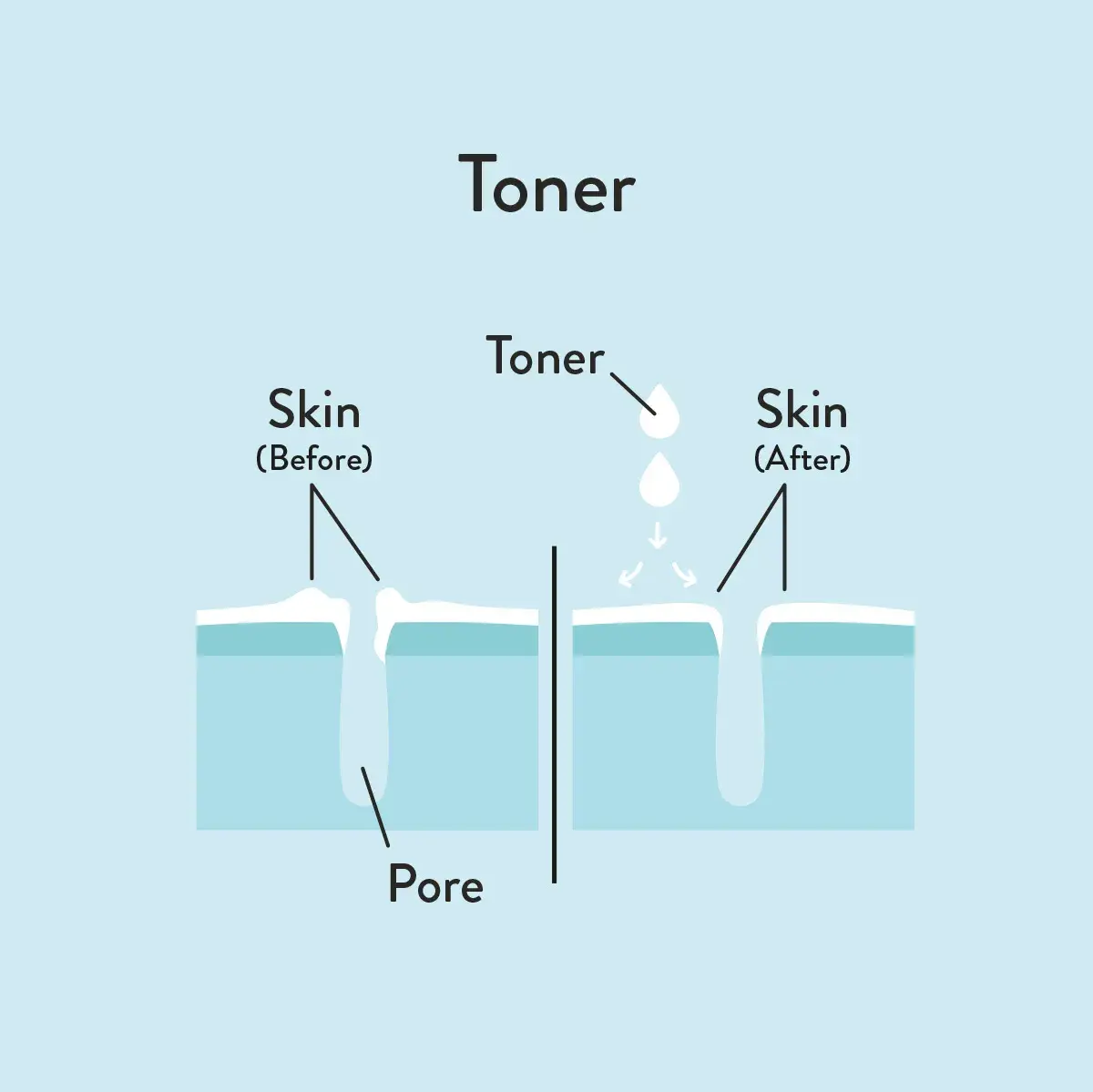
Toner
Shaped like a “T” in the middle of your face, the T-zone starts at the forehead, going down to the nose and ending at the chin. This area has the highest concentration of oil glands anywhere on the face – and is most prone to enlarged pores, excessive greasiness and blemishes.
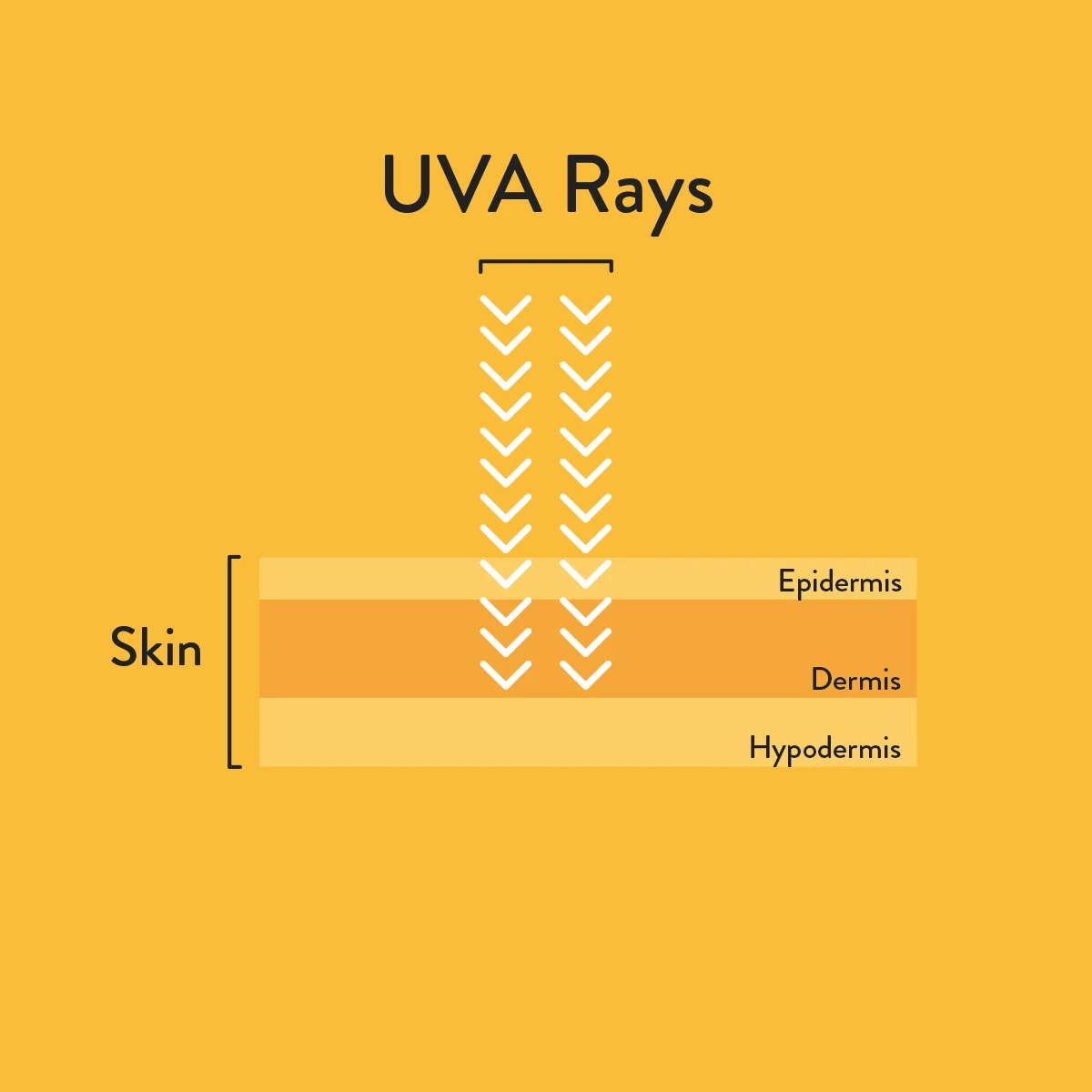
UVA
These rays make up about 95% of the sunlight that reaches Earth’s surface. Although it’s the least damaging of all UV rays, UVA still contributes to burns and premature signs of aging – and should therefore be protected against with daily use if a sunscreen.
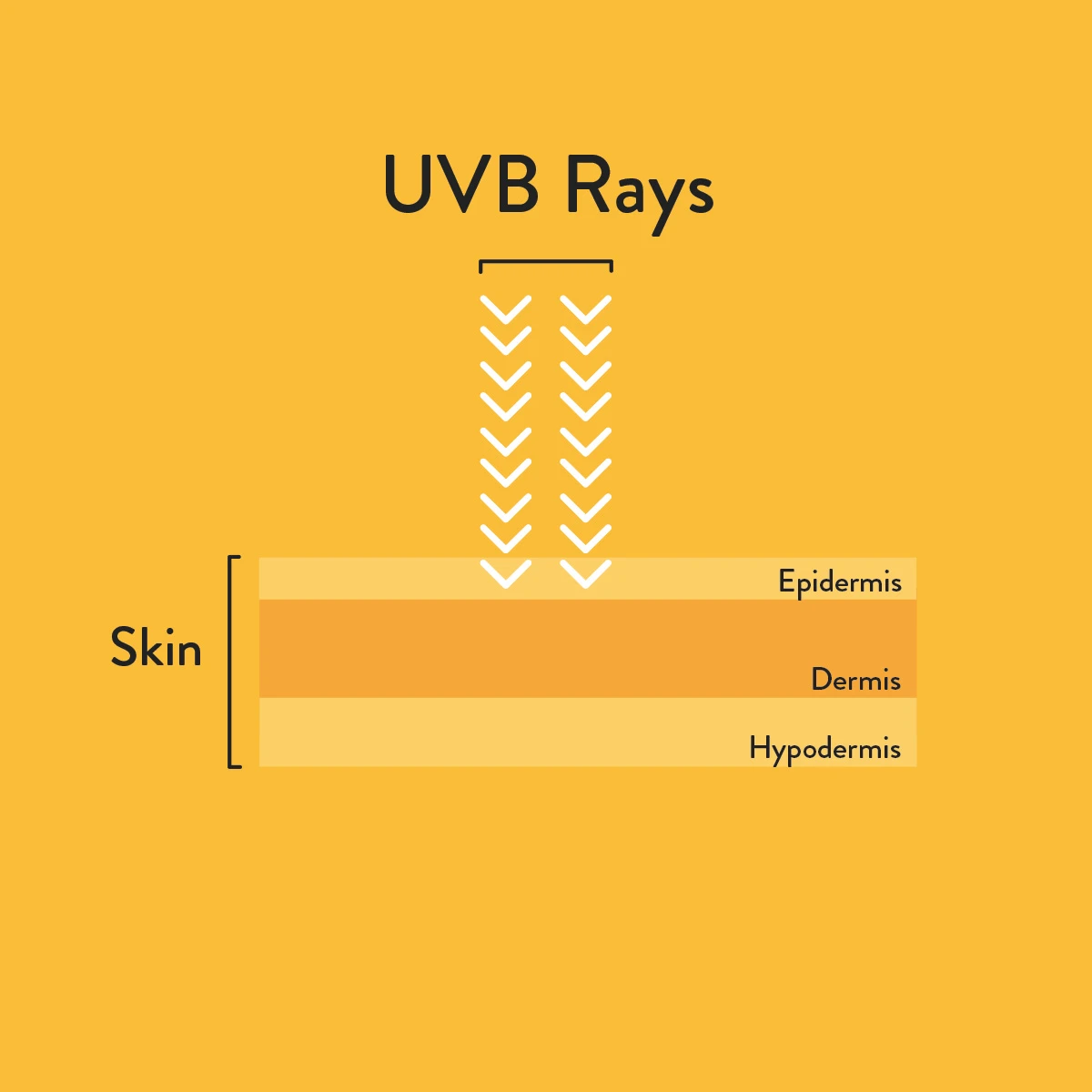
UVB
As opposed to UVA, these rays are in the minority of light that reaches Earth – yet they’re primarily responsible for causing photodamage. UVB rays can potentially induce skin cancer, cause sunburn, and leave the skin less able to protect itself against further UV exposure.
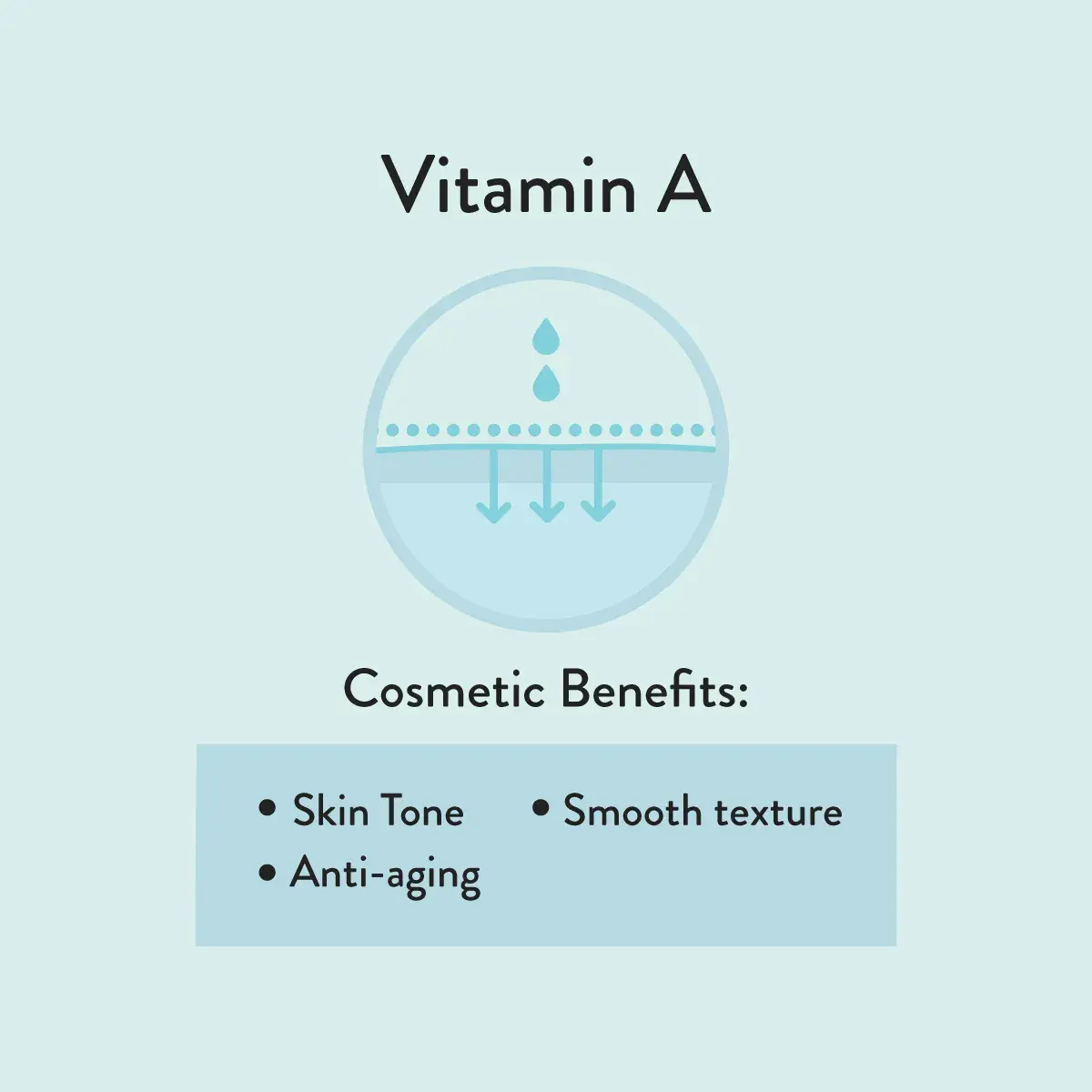
Vitamin A
Also known by its scientific name, ‘retinol’, vitamin A is known for its ability to limit sun damage and the appearance of wrinkles. While it’s naturally occurring over 1,000 variations of vitamin A have been synthetically created to reproduce its beneficial properties.
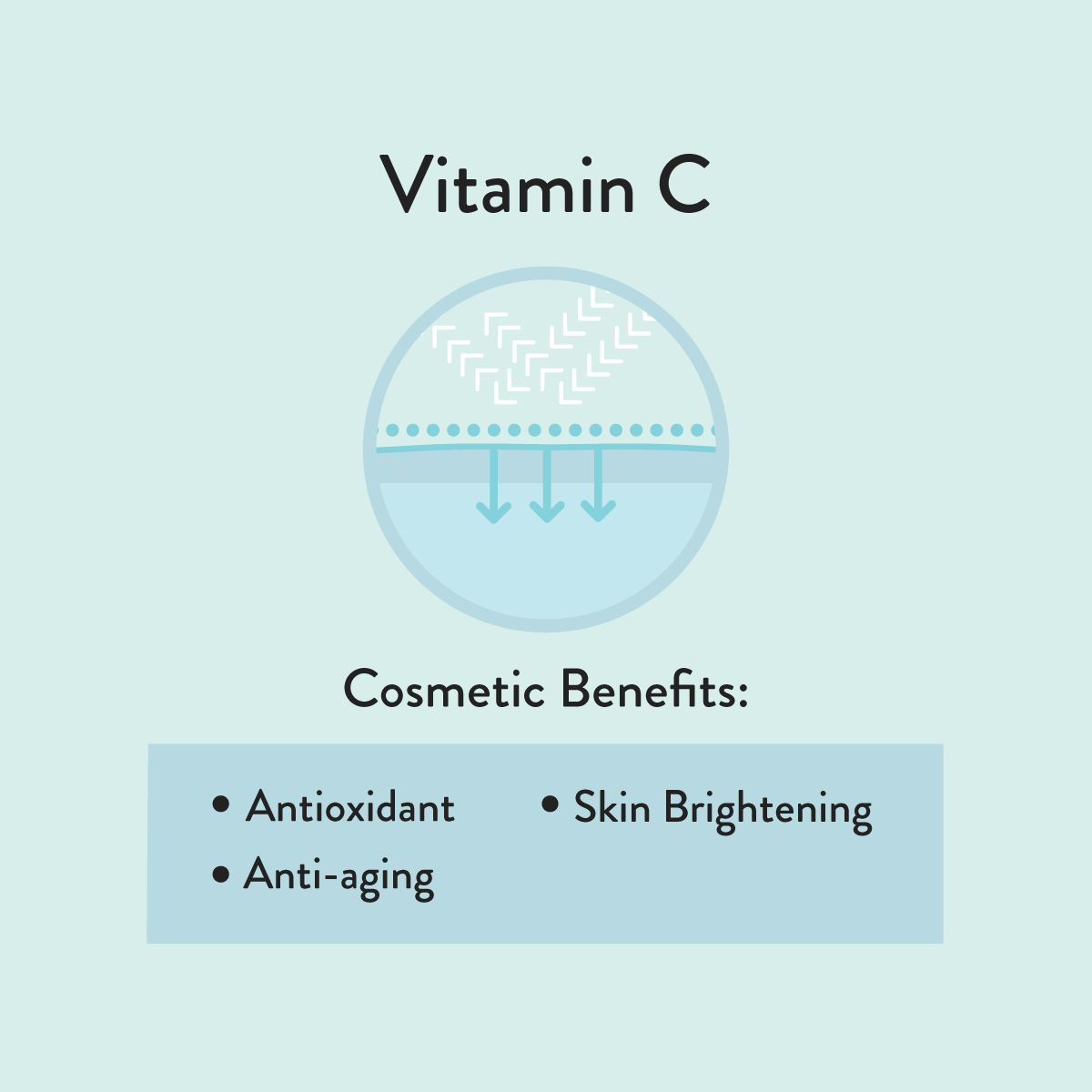
Vitamin C
Often referred to by its reduced form, ascorbic acid, vitamin C is a potent antioxidative molecule that protects skin from free radicals by reducing and neutralizing them. It also helps reduce the appearance of wrinkles by influencing collagen formation.
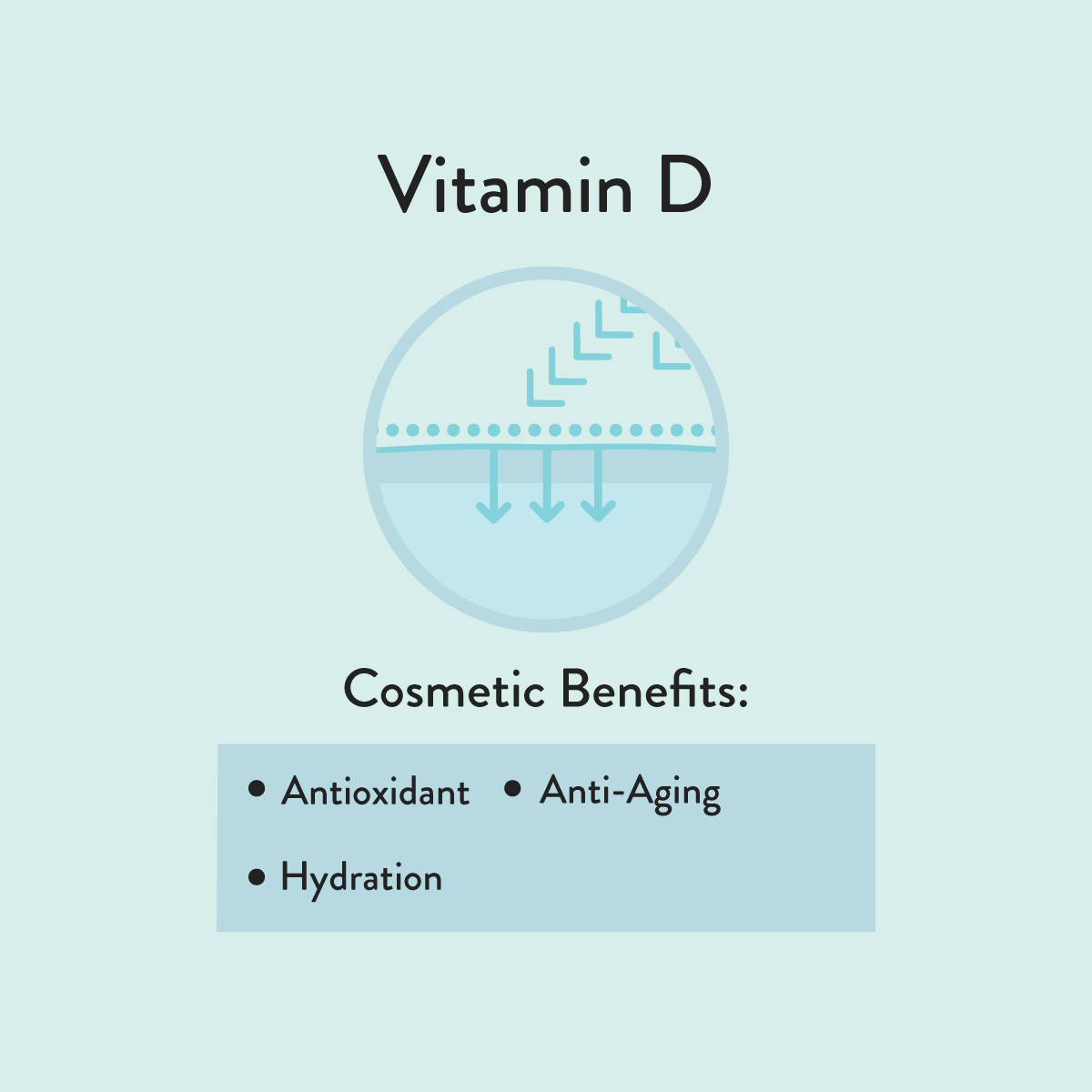
Vitamin D
The vitamin is unique because it’s produced in the skin after exposure to sunlight. Despite this fact, vitamin D deficiency affects nearly 50% of the worldwide population, resulting in abnormalities in calcium and phosphorus levels as well as bone metabolism issues.
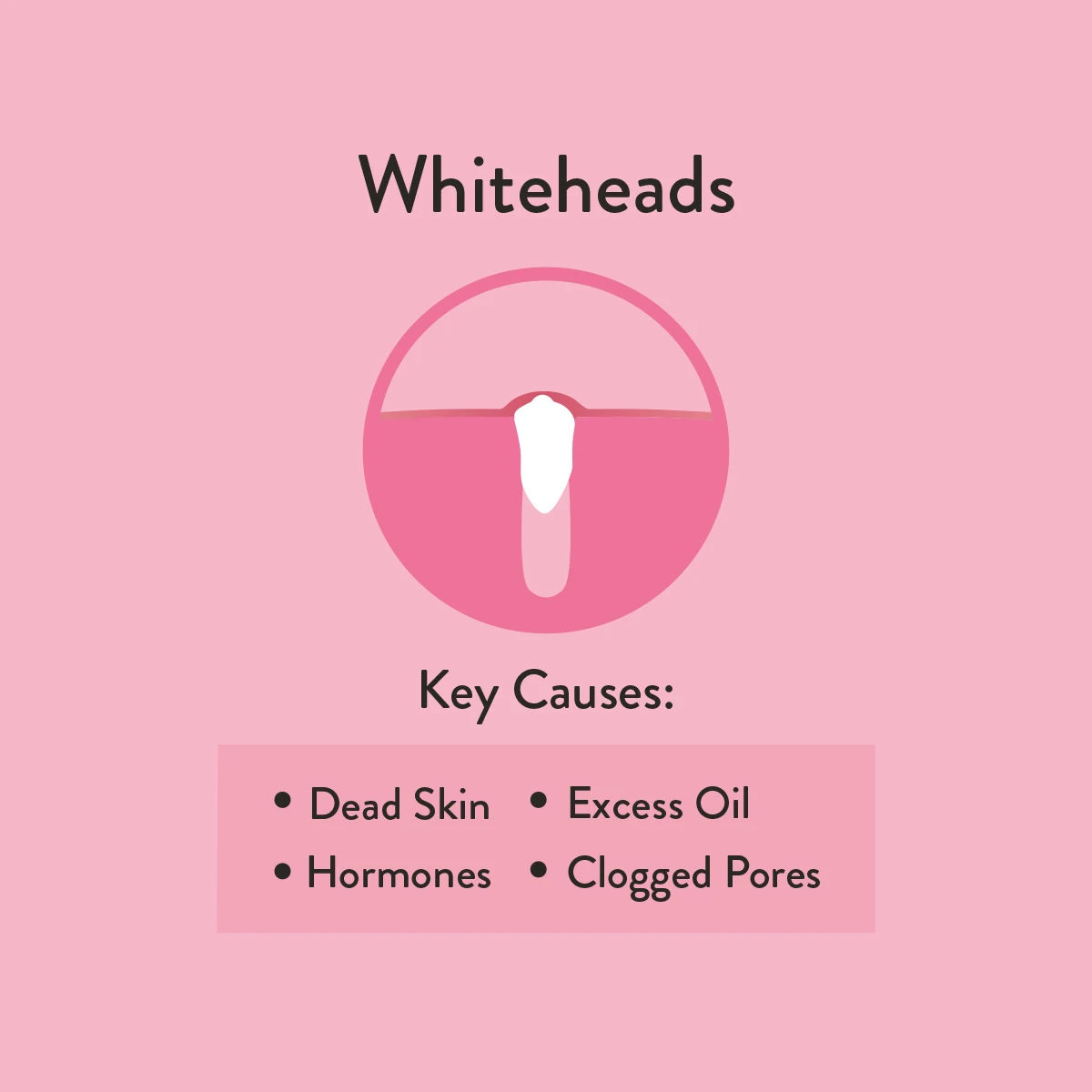
Whiteheads
Whiteheads are where a plugged follicle remains closed, resulting in a white spot atop a clogged pore. Unlike pimples, whiteheads are not yet infected, swollen or red. Many skincare products can address the skin issue.
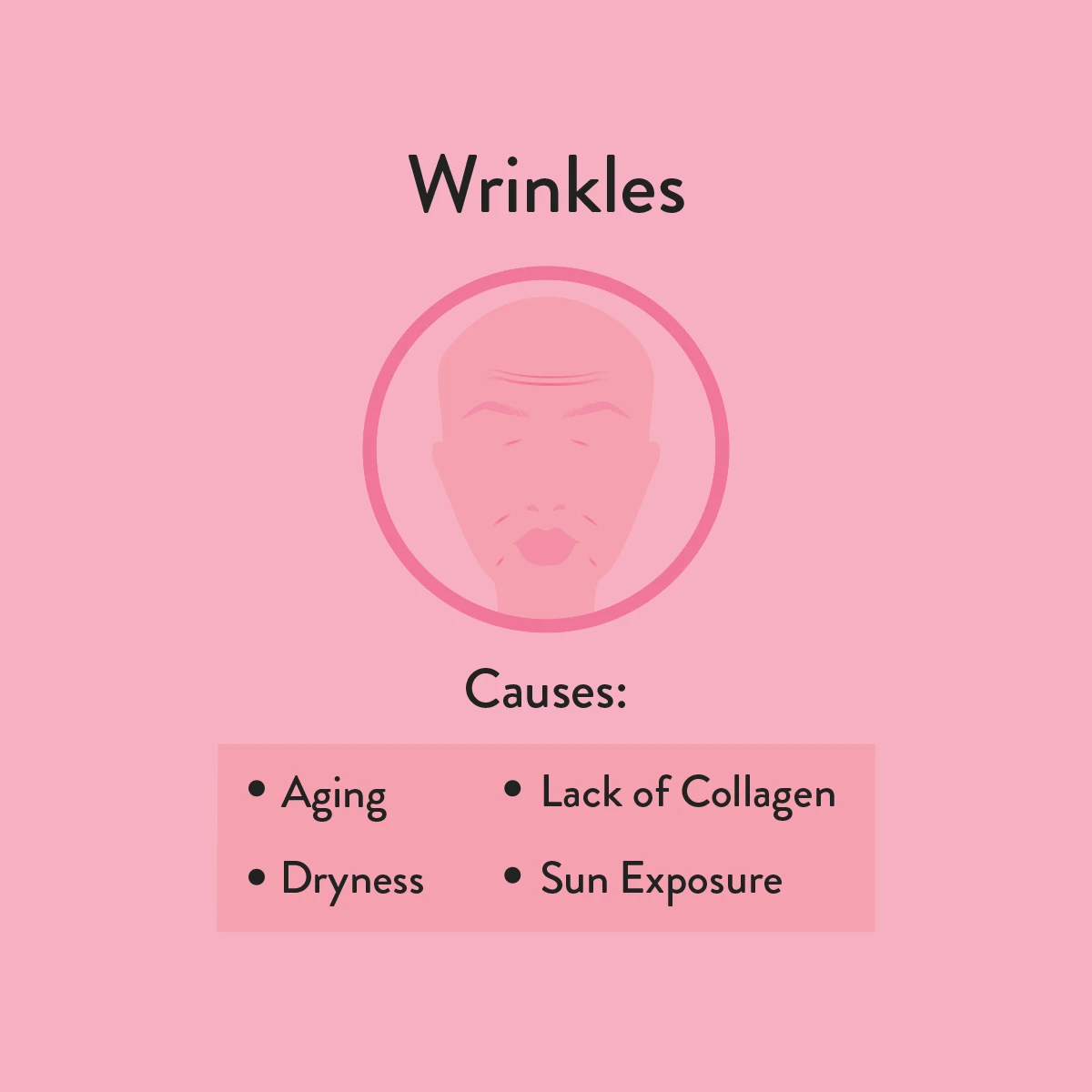
Wrinkles
A wrinkle is any furrow on the skin surface. It is caused by progressive collagen loss, resulting in low tissue elasticity and cellular reproduction. Wrinkling occurs naturally in the aging process but can be exacerbated by smoking, sun exposure, drinking or poor nutrition or water intake.
